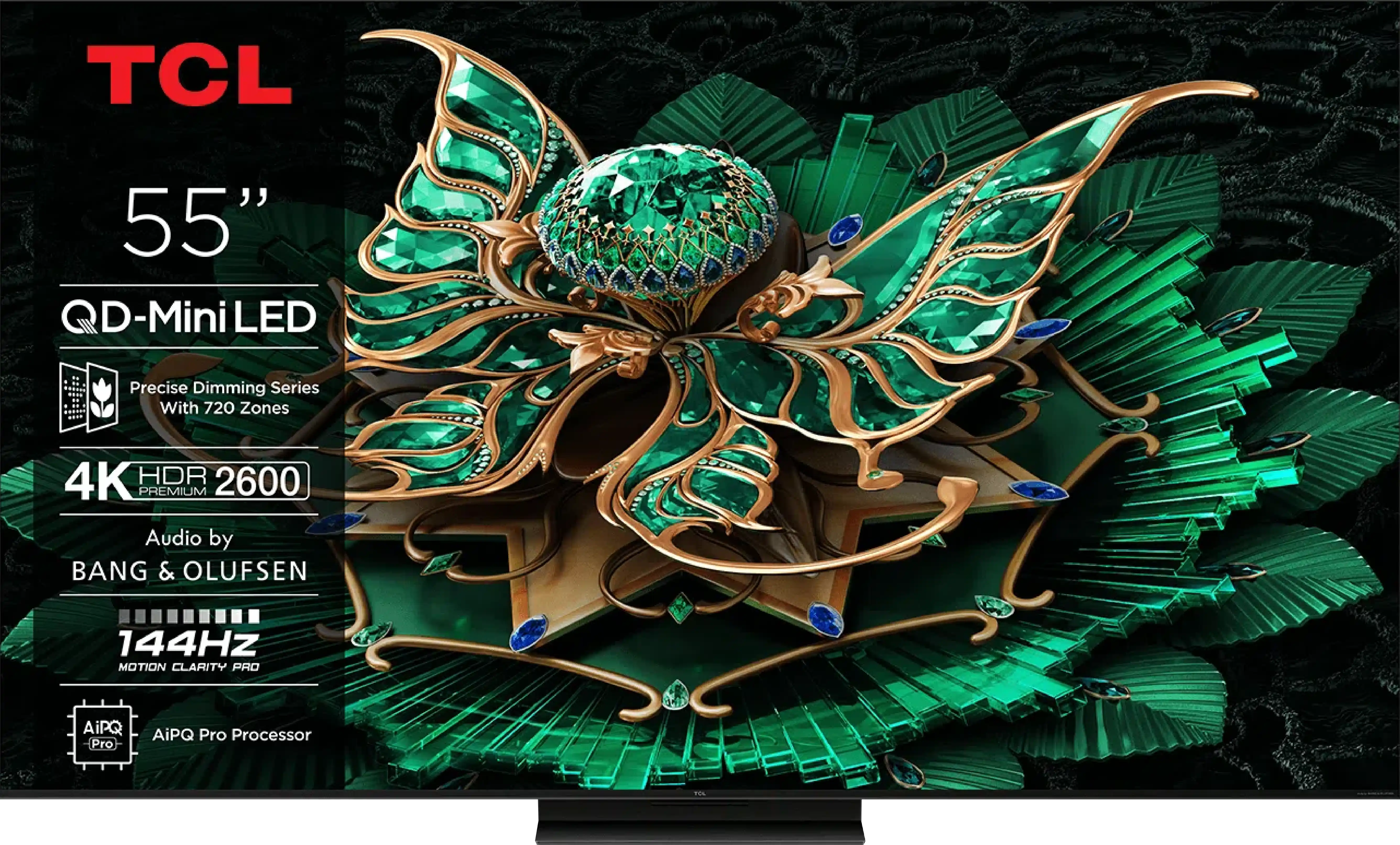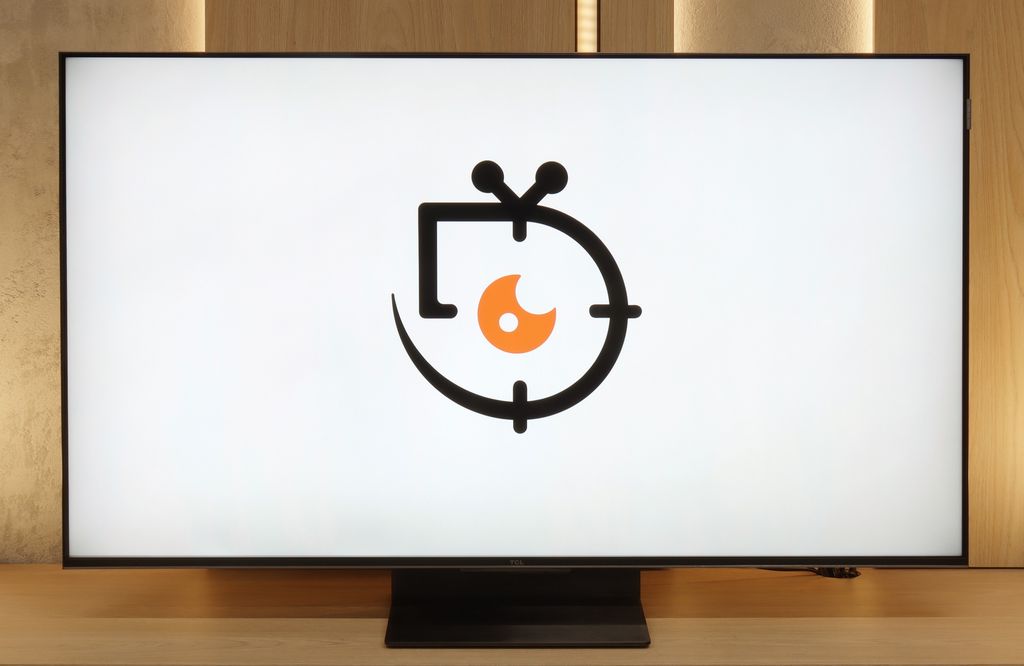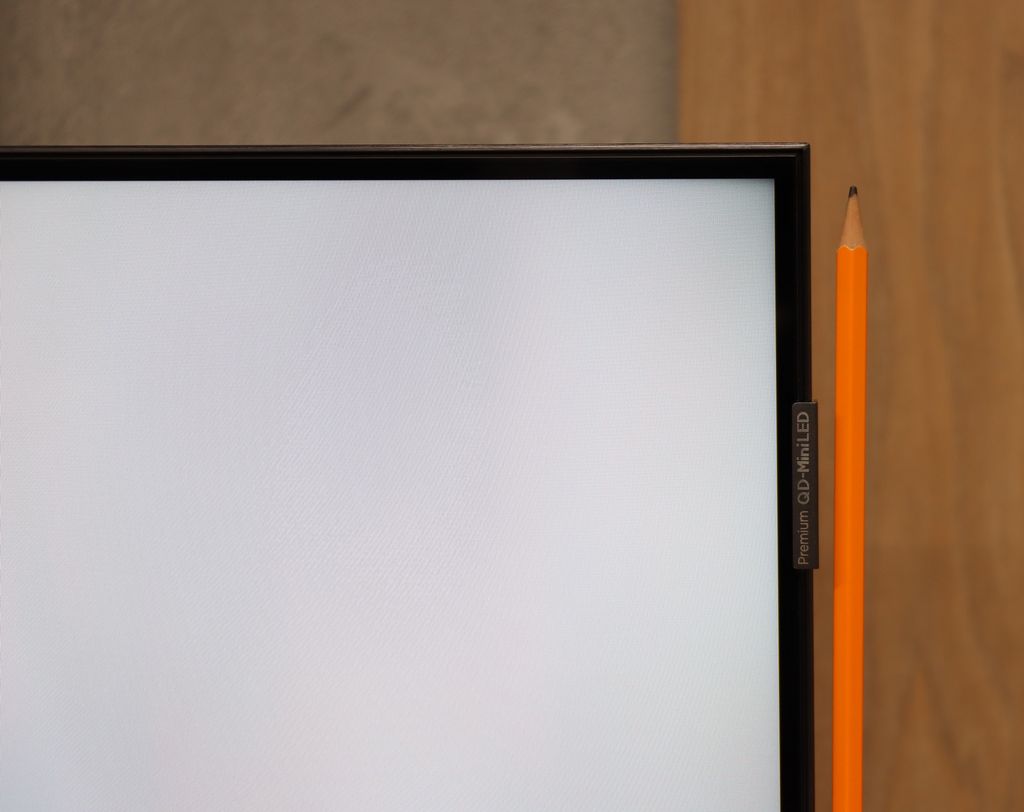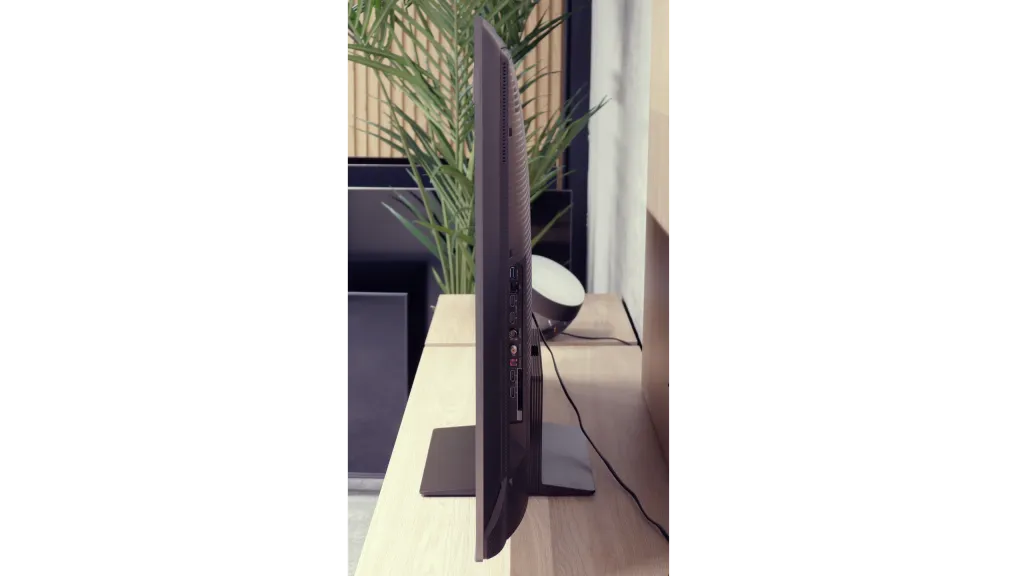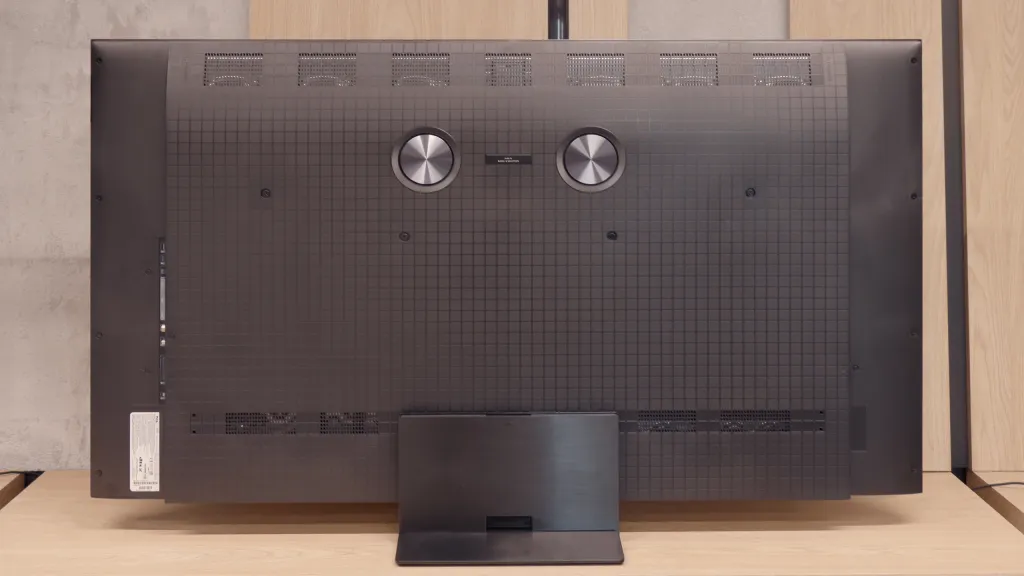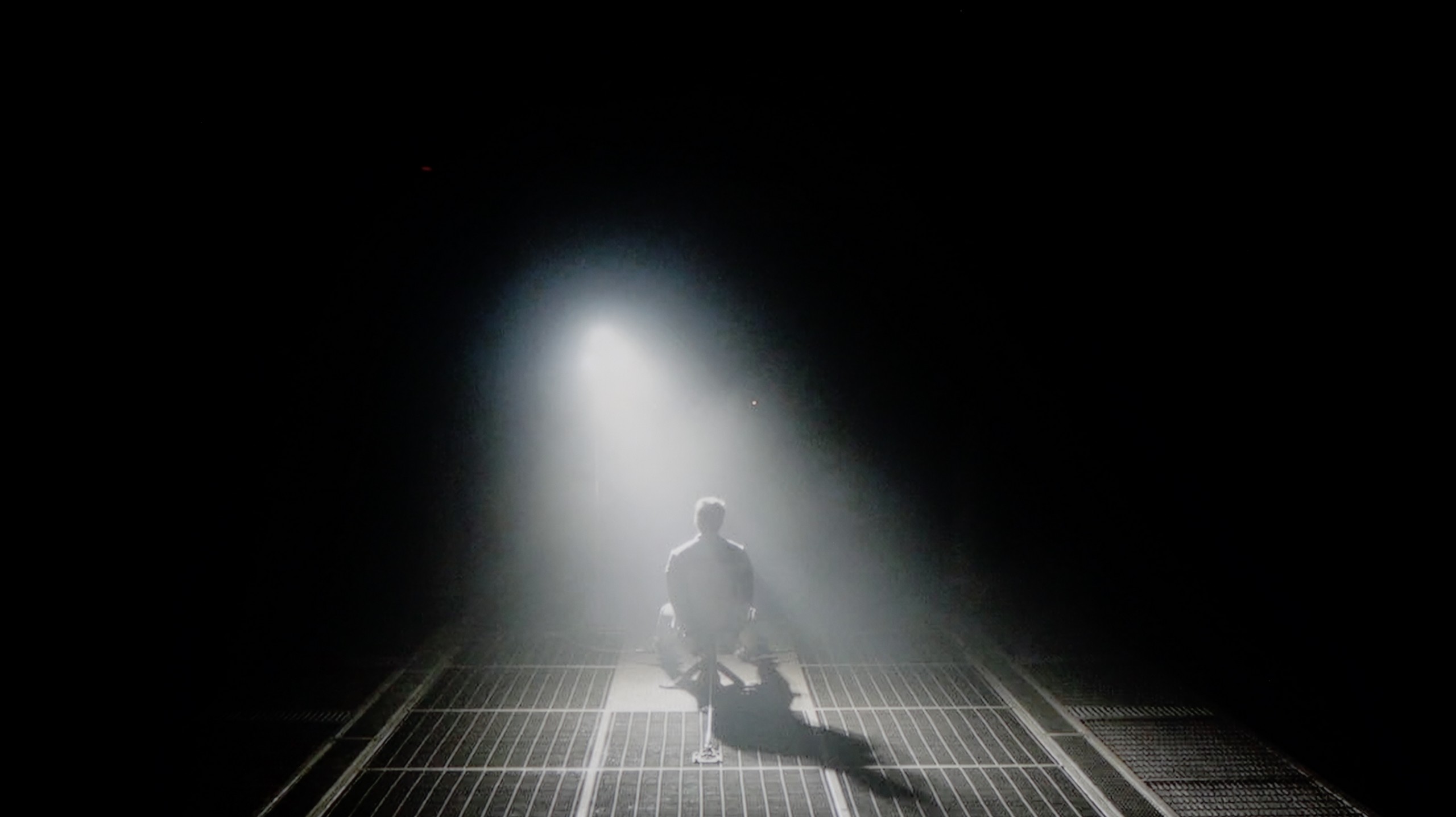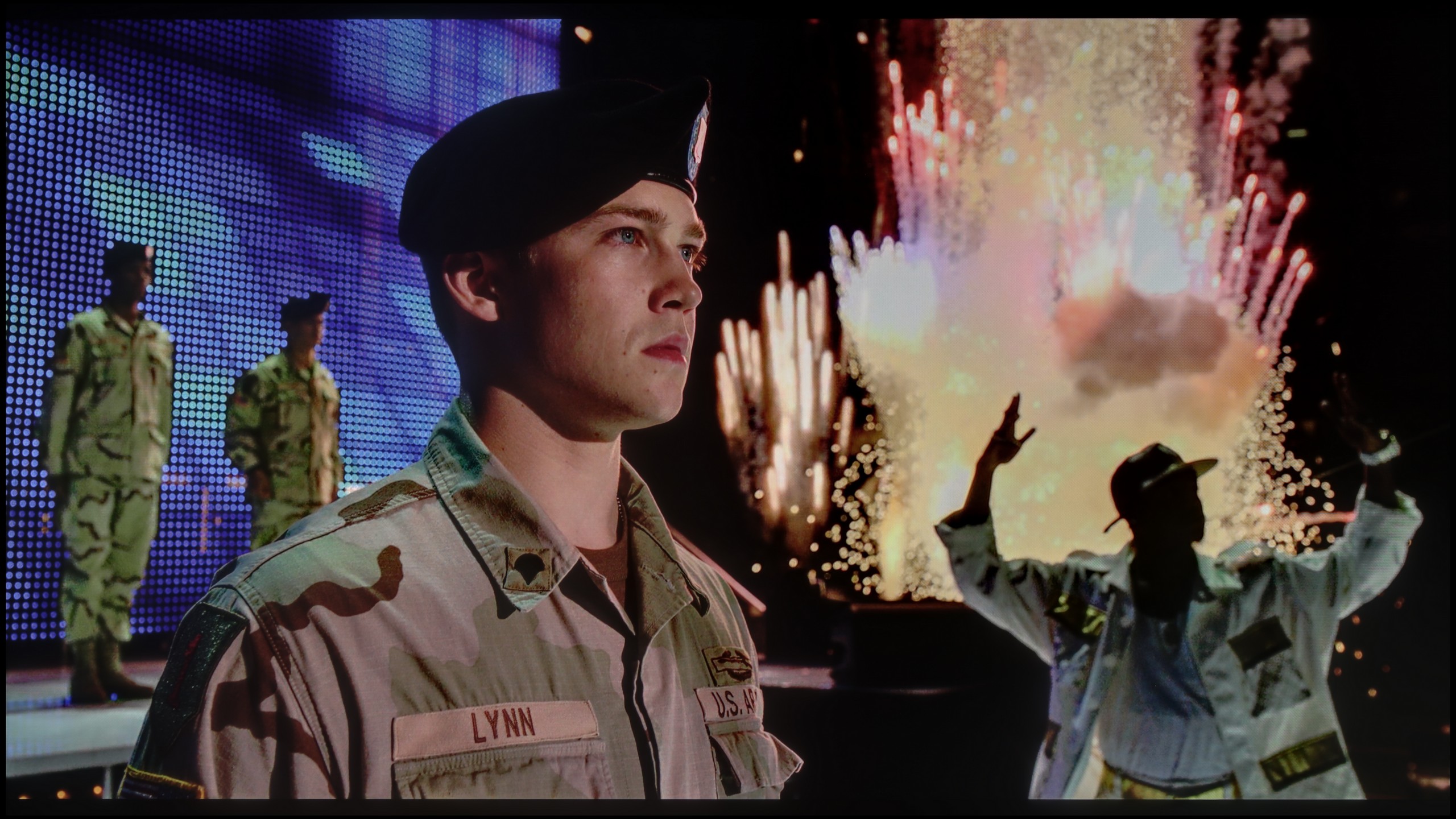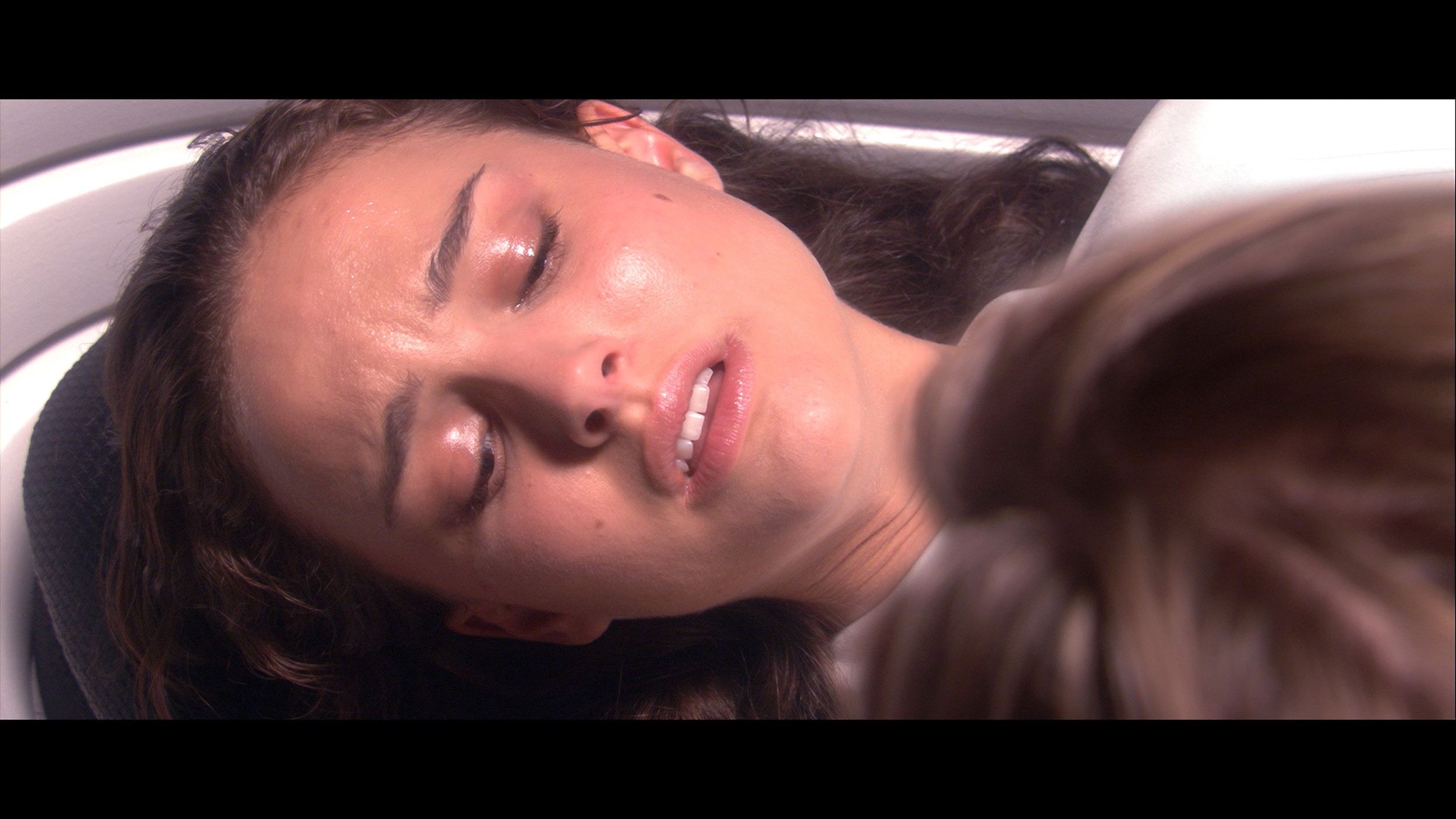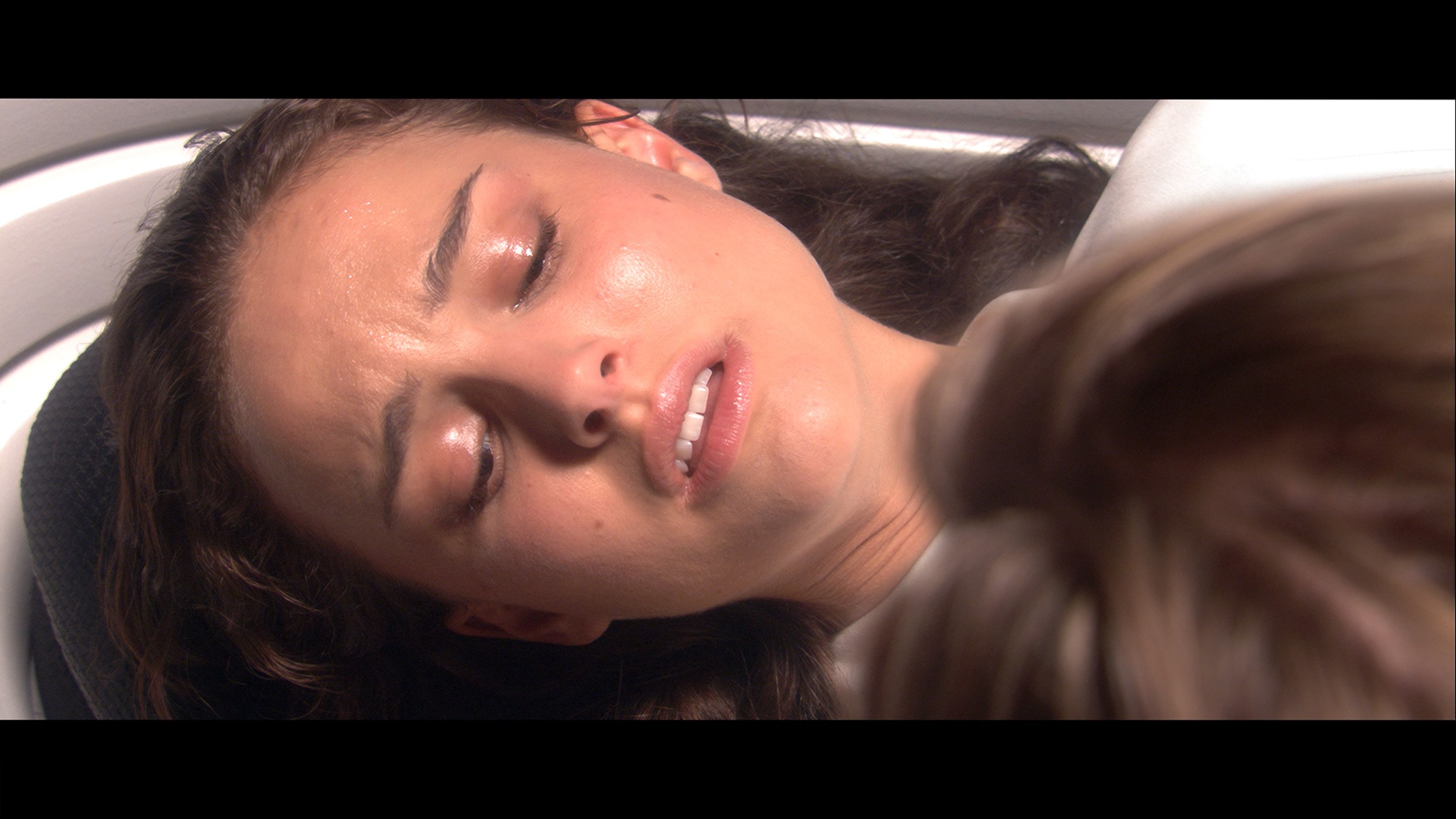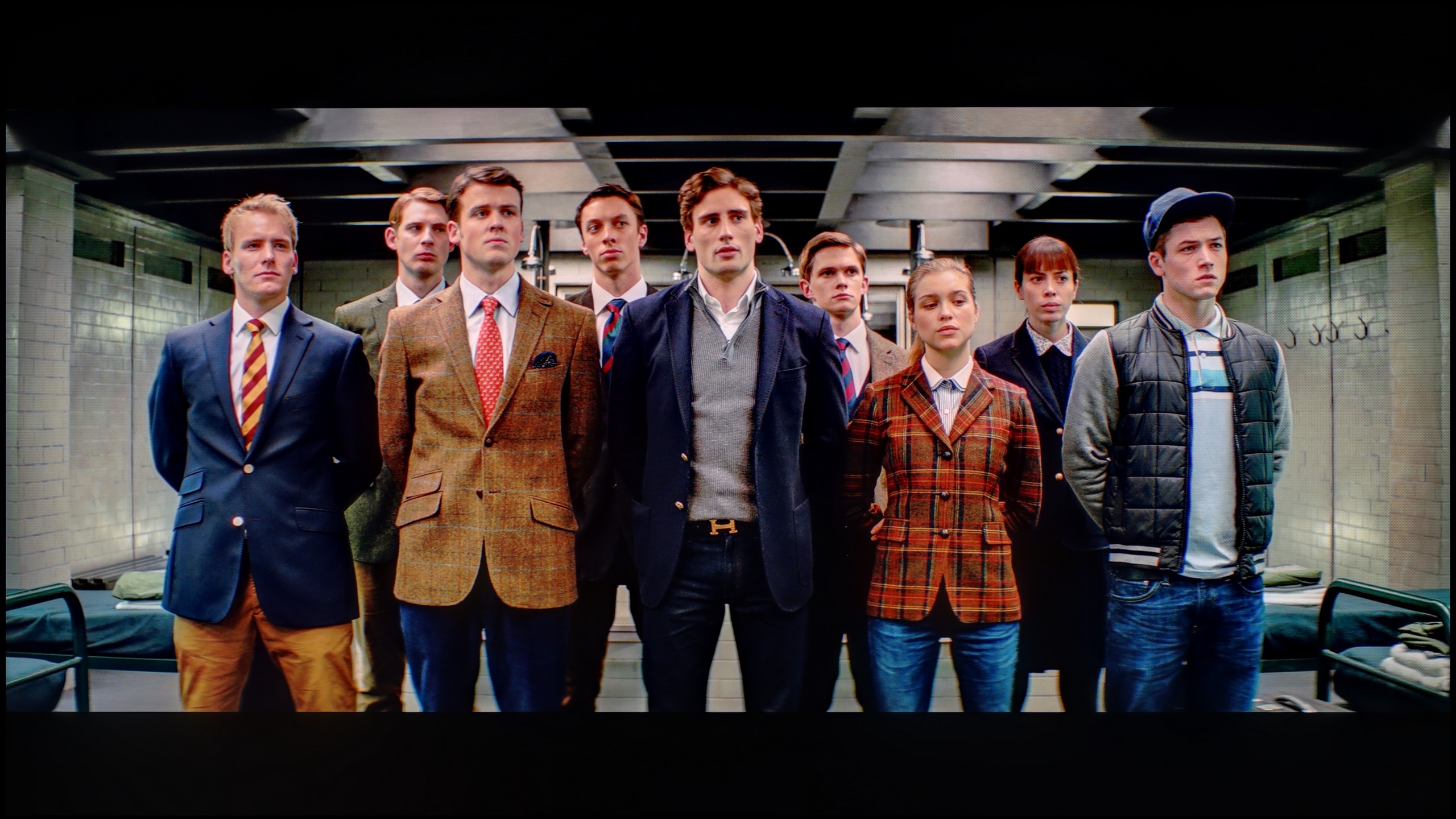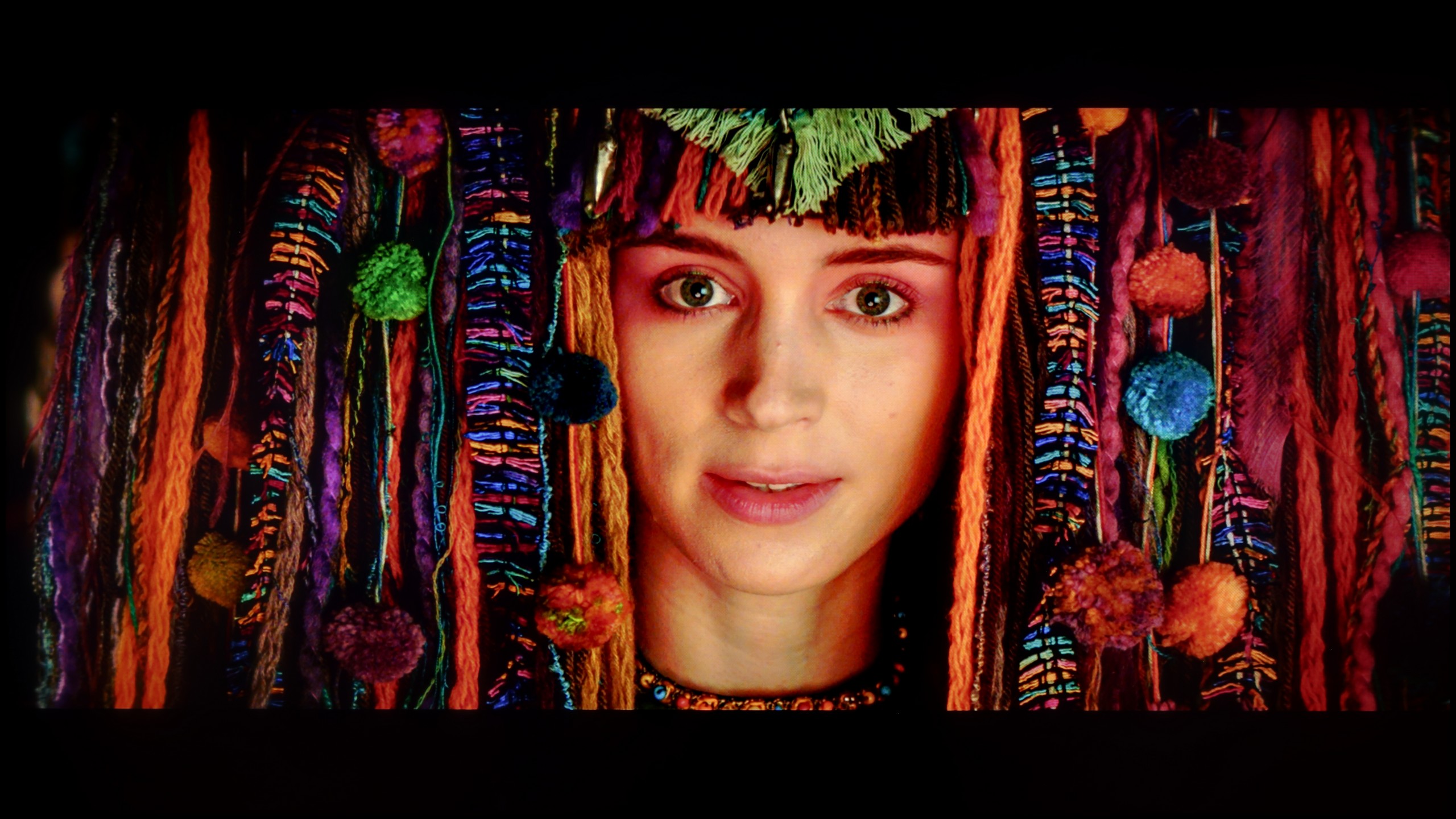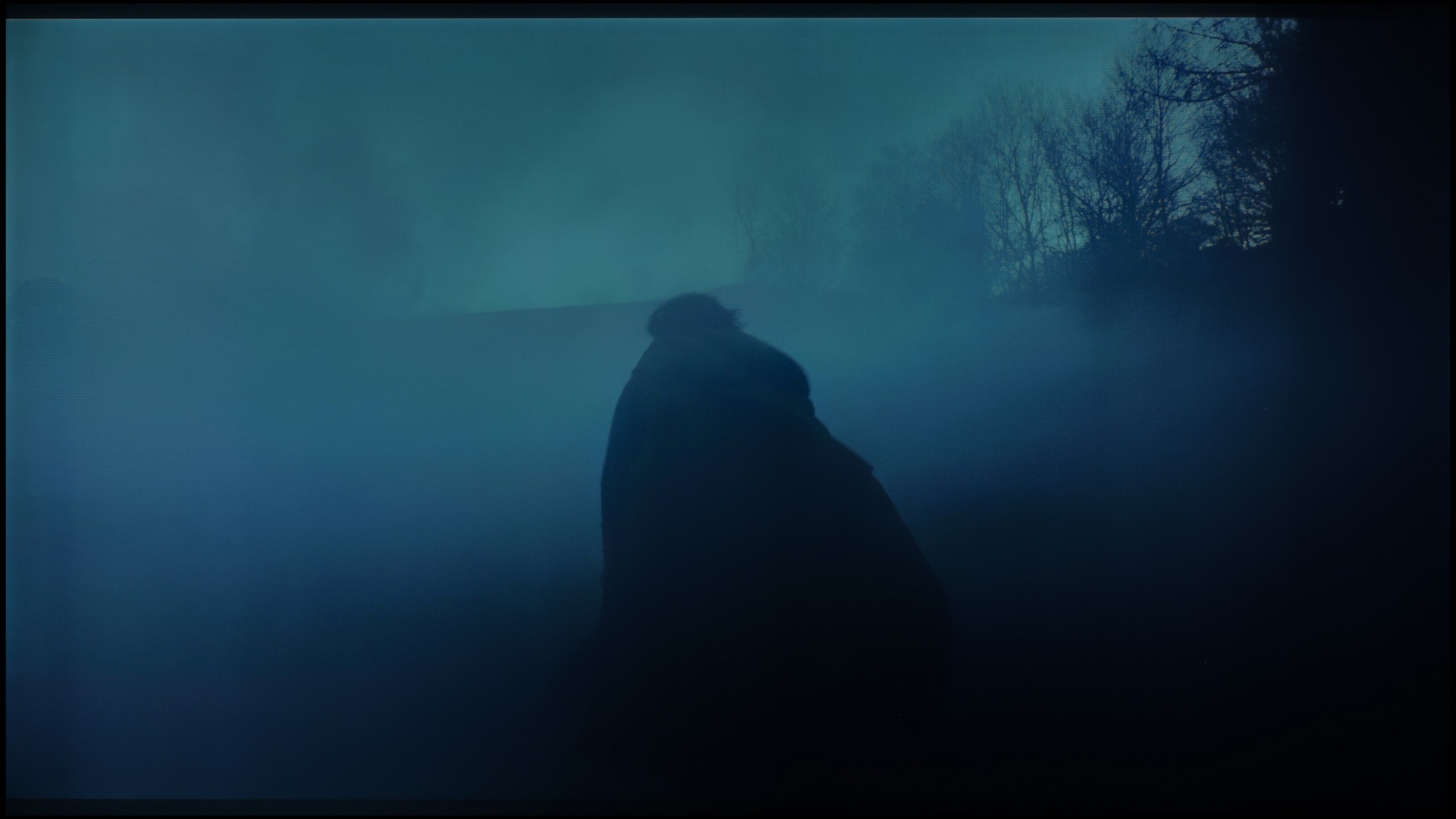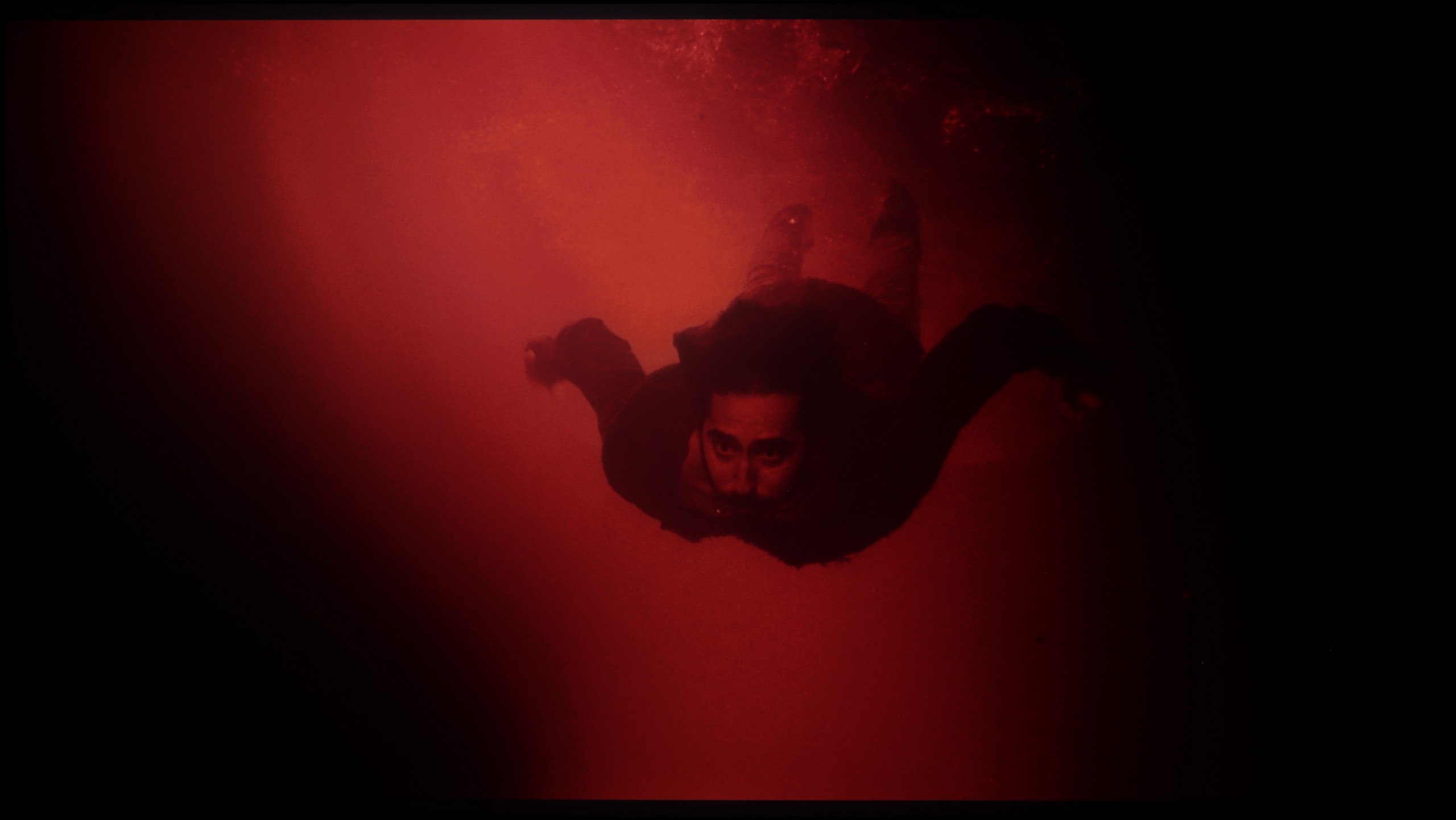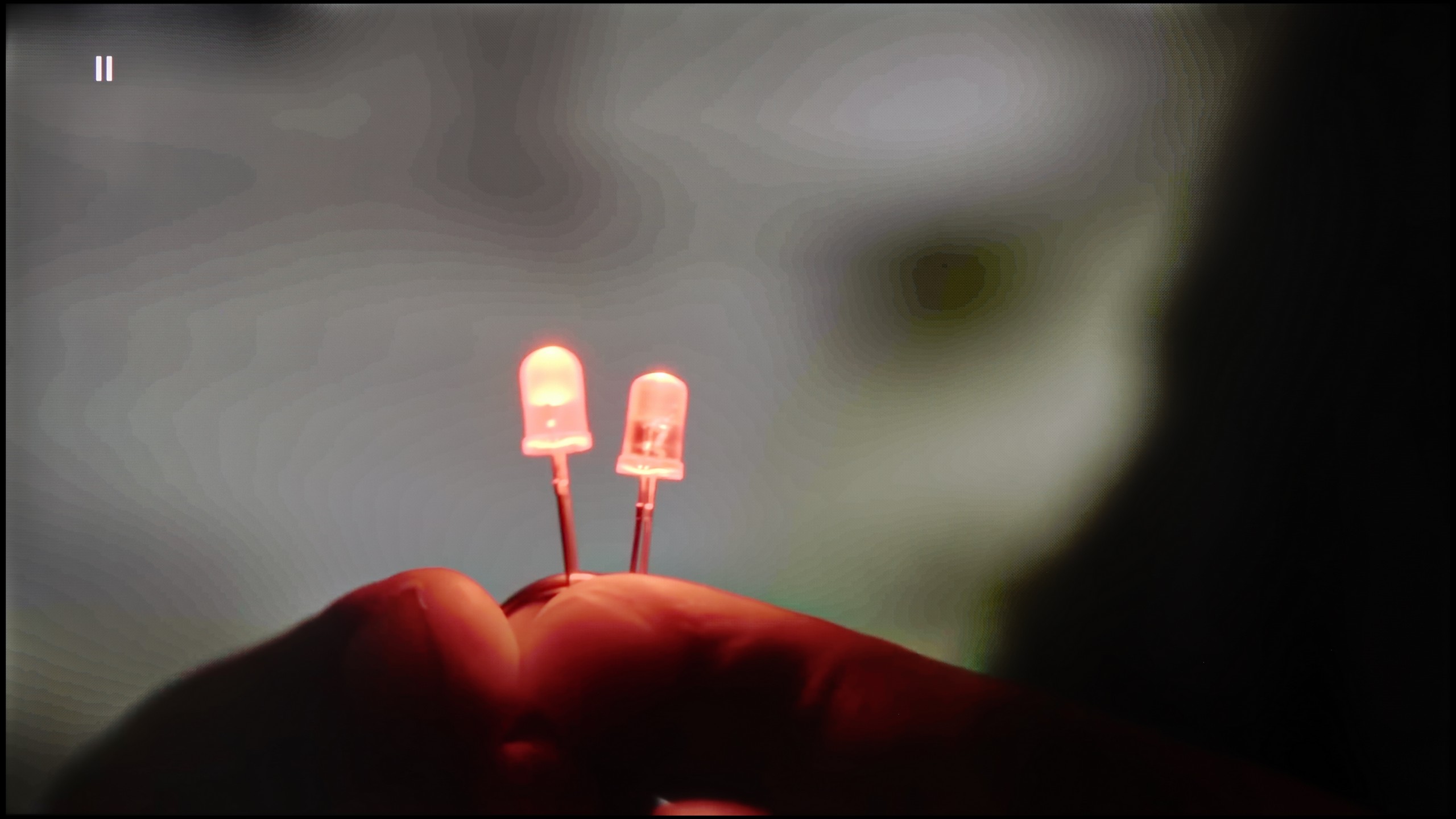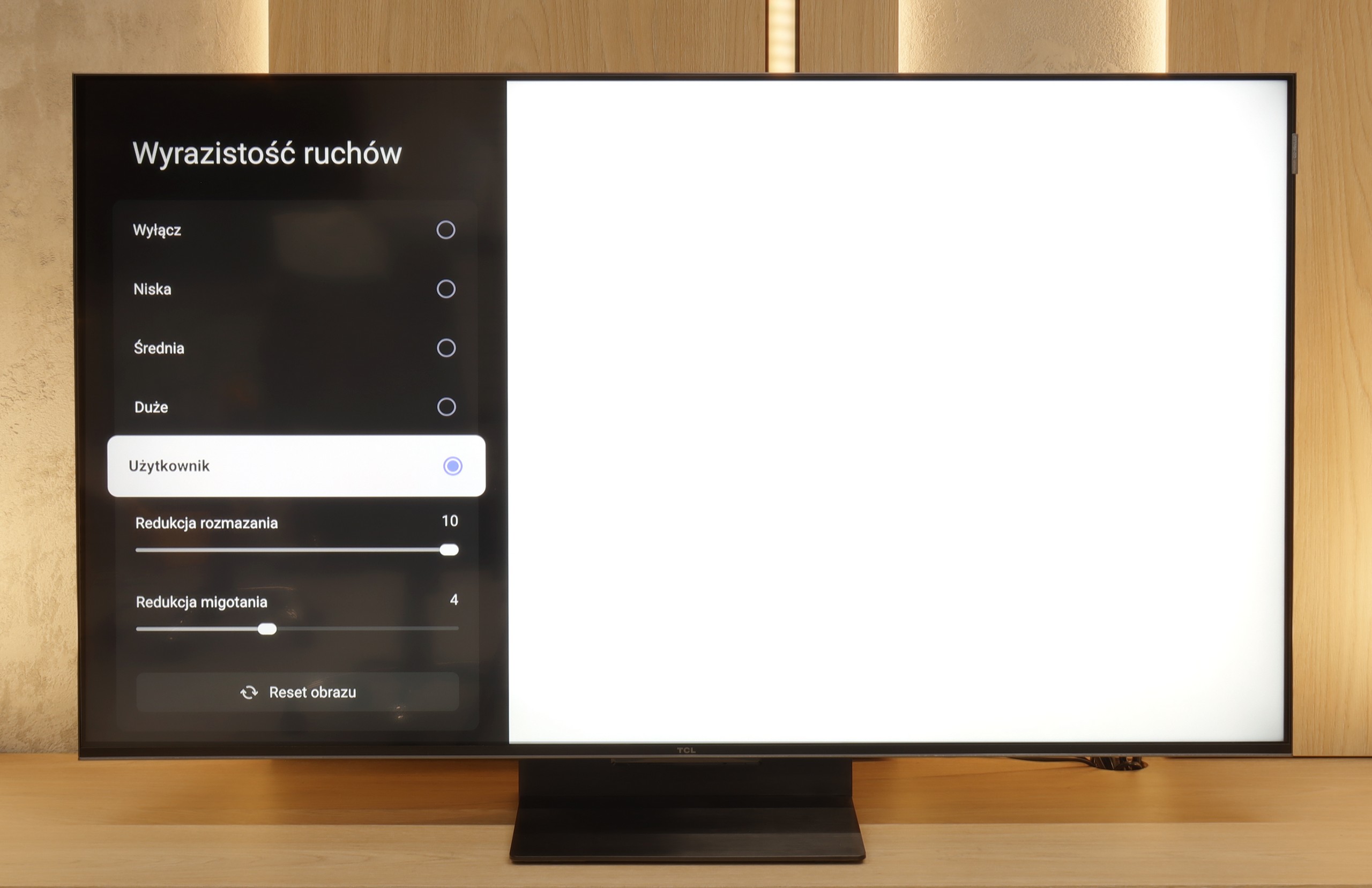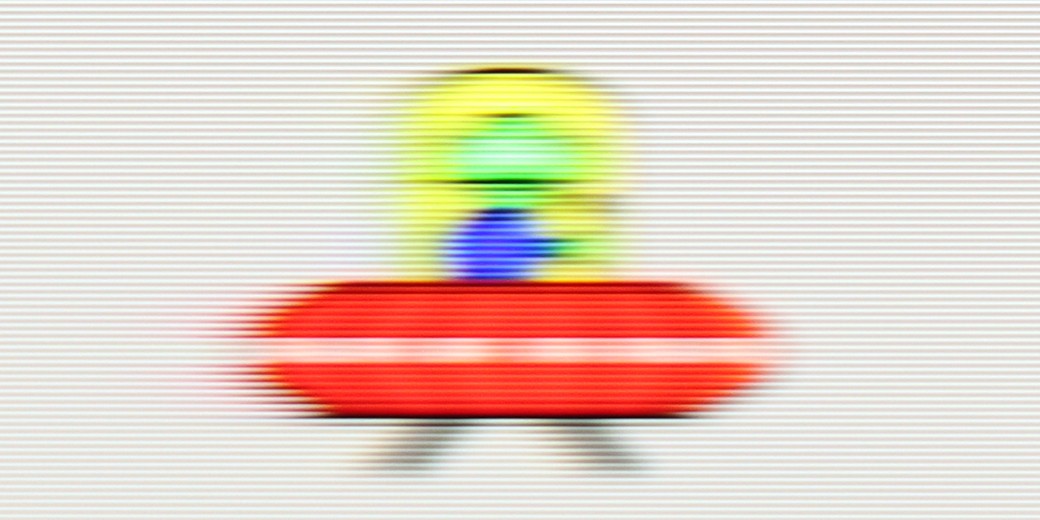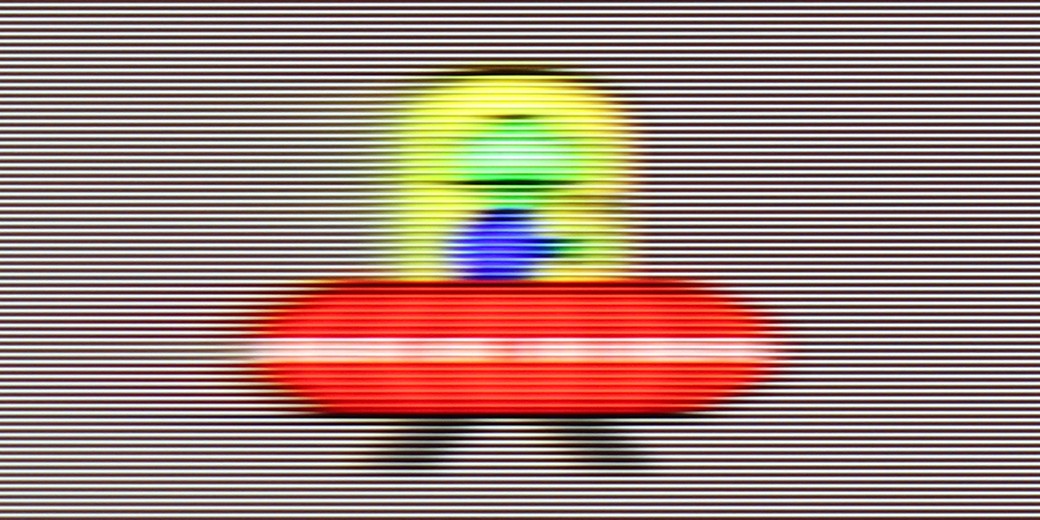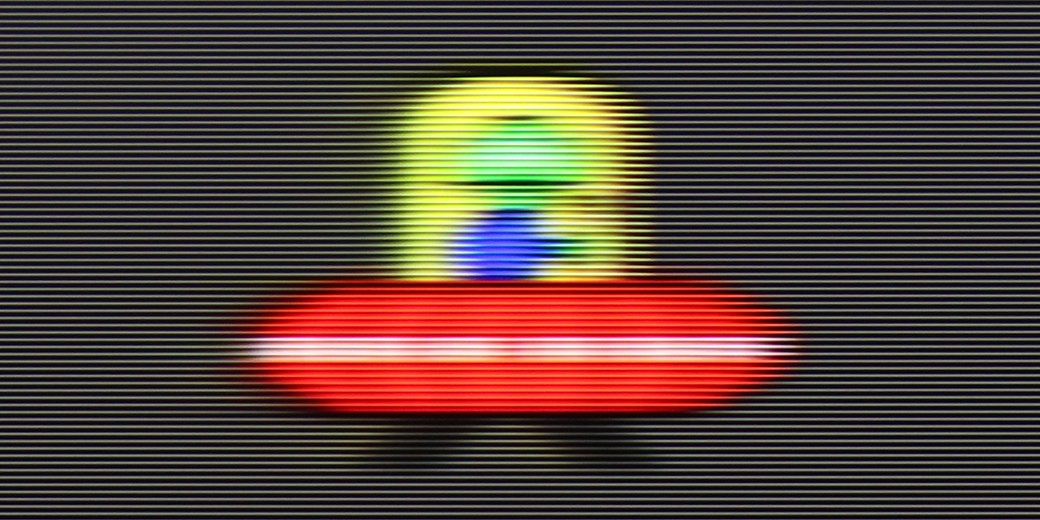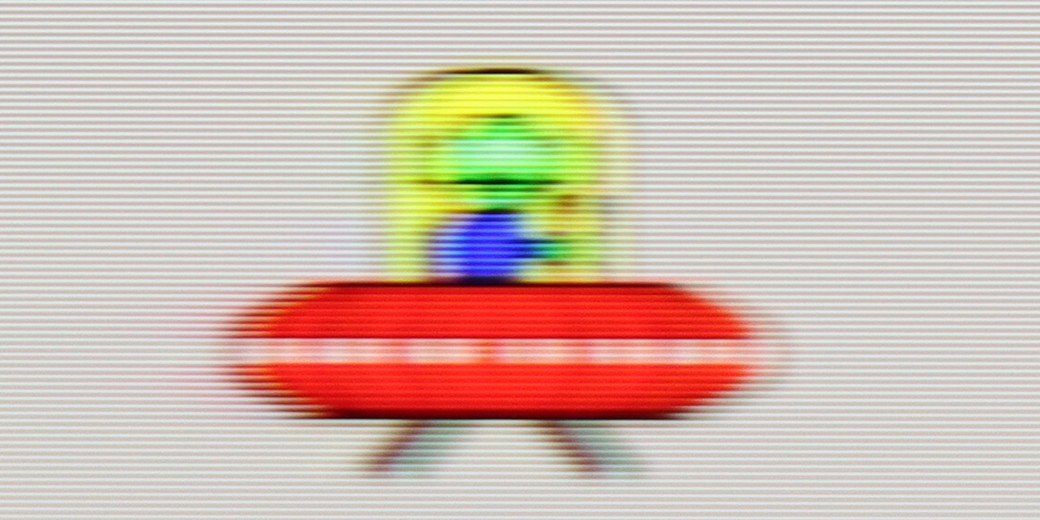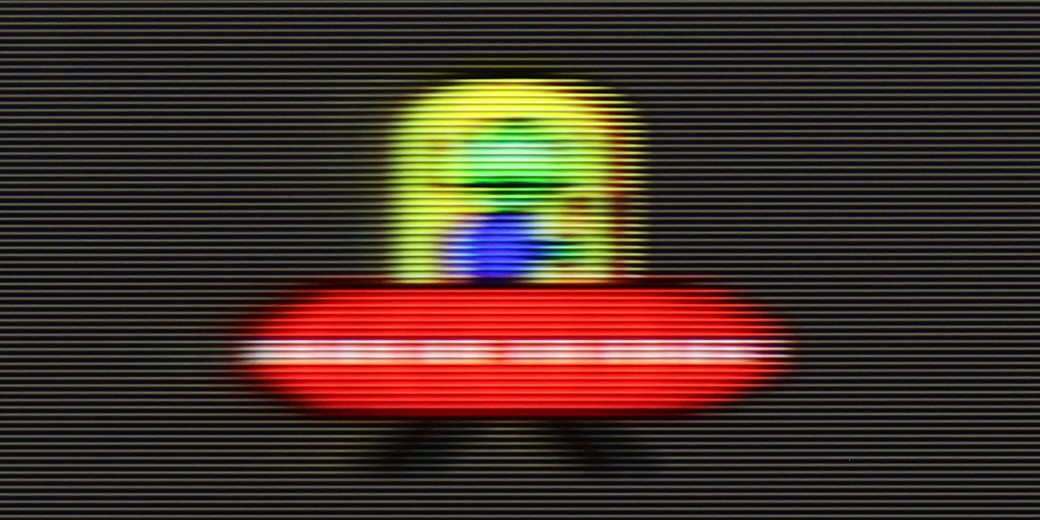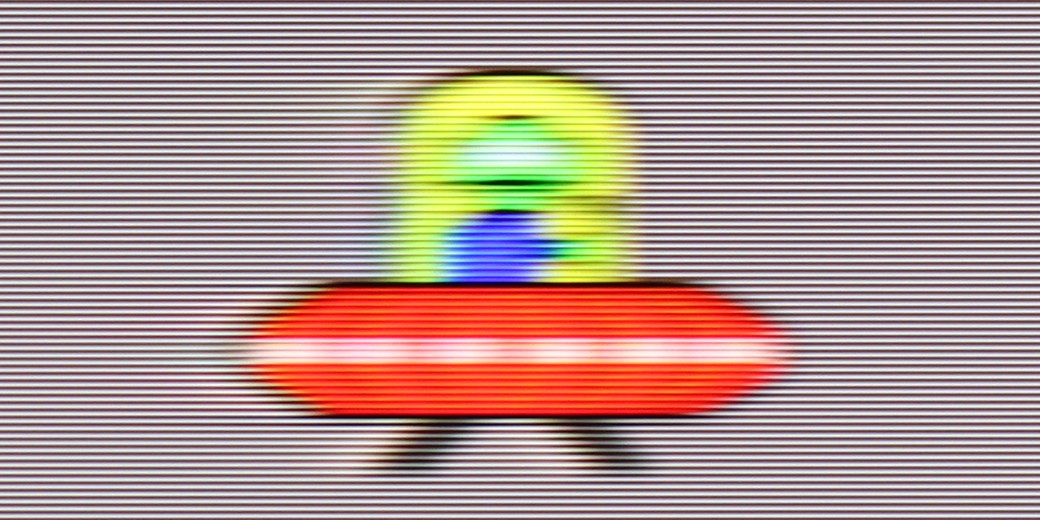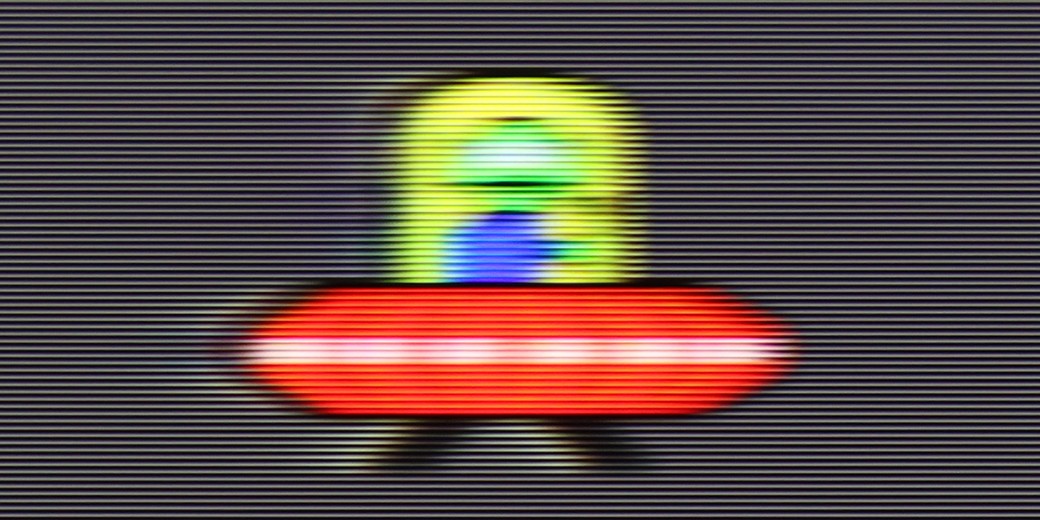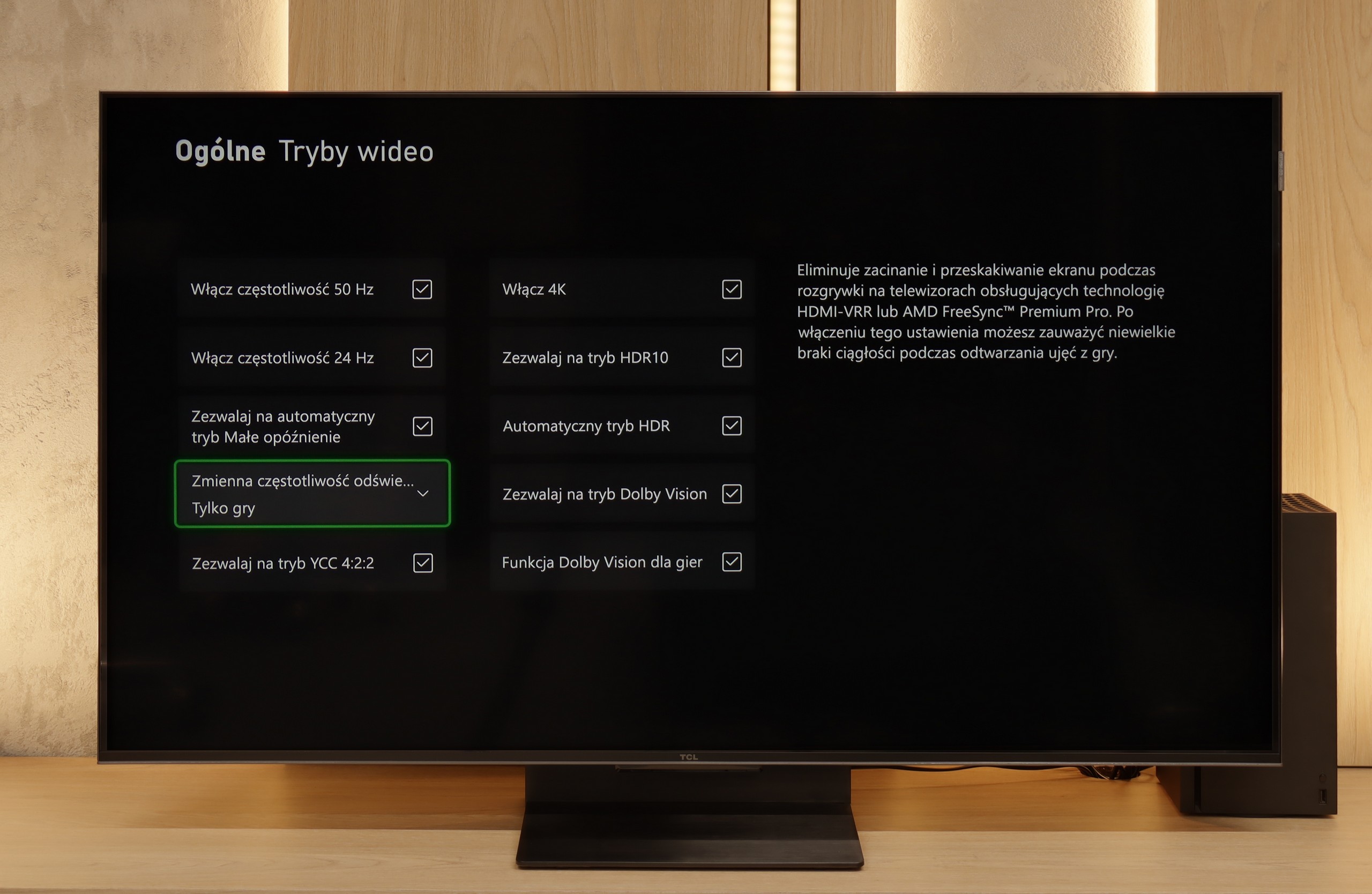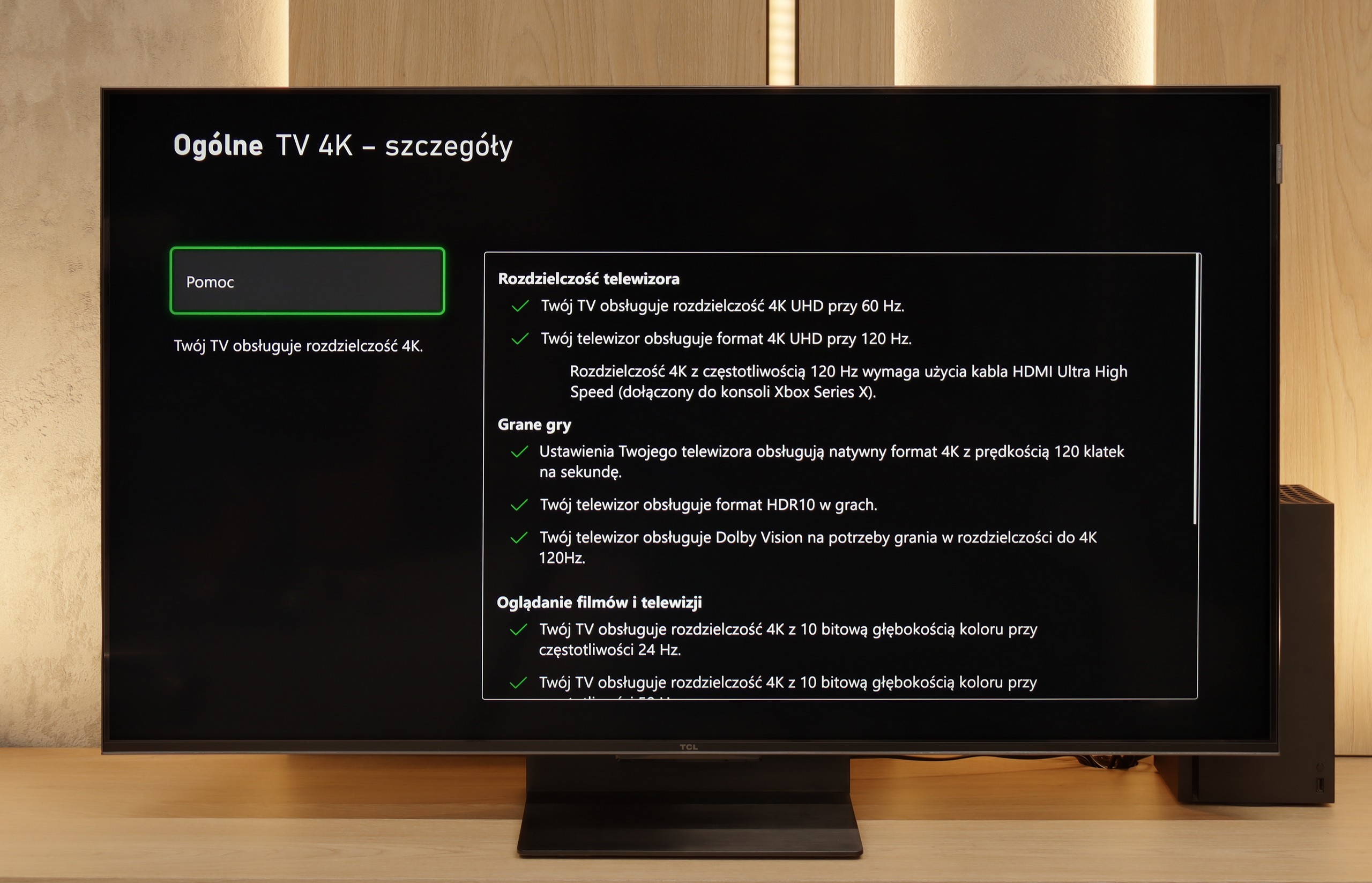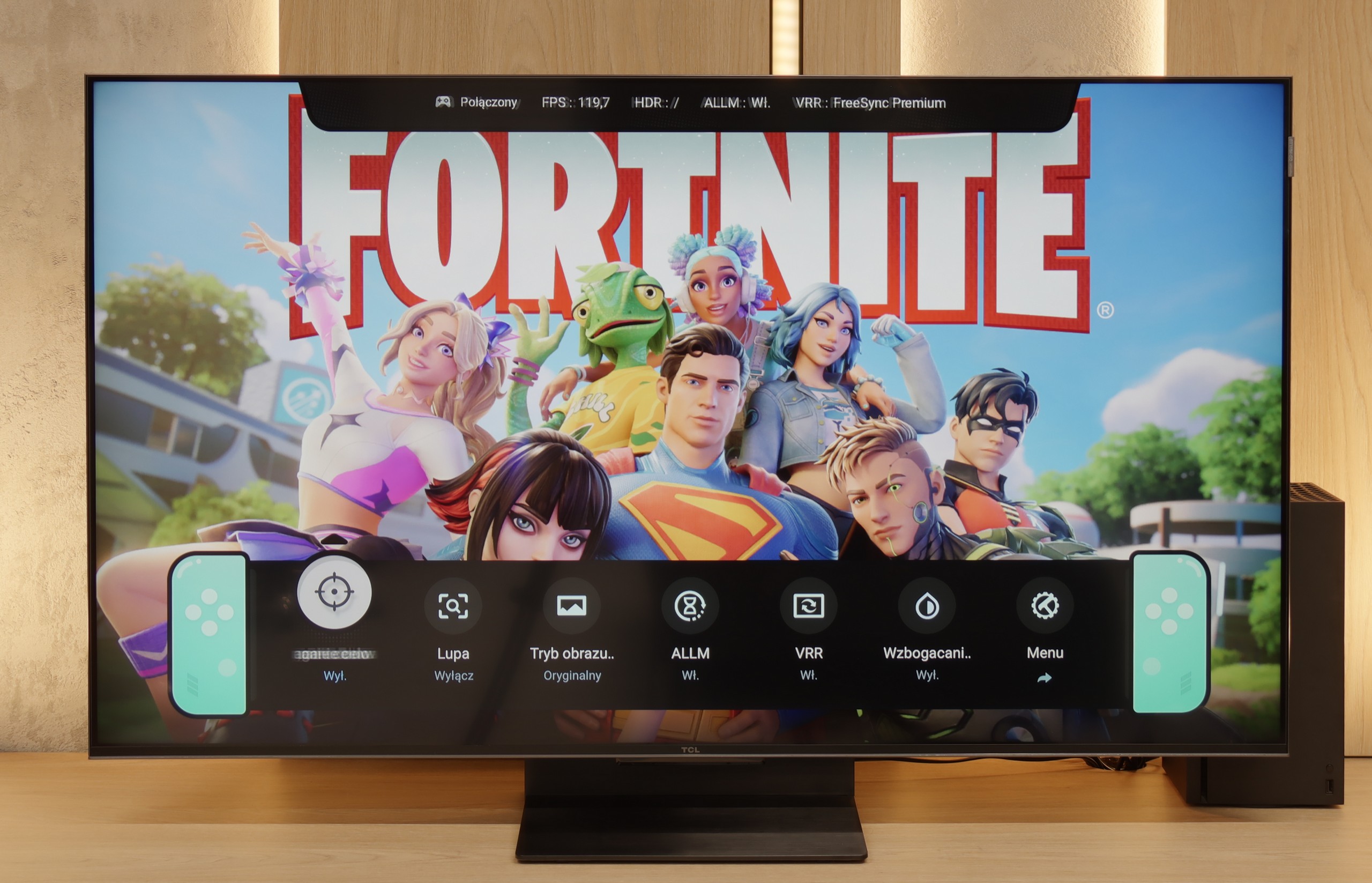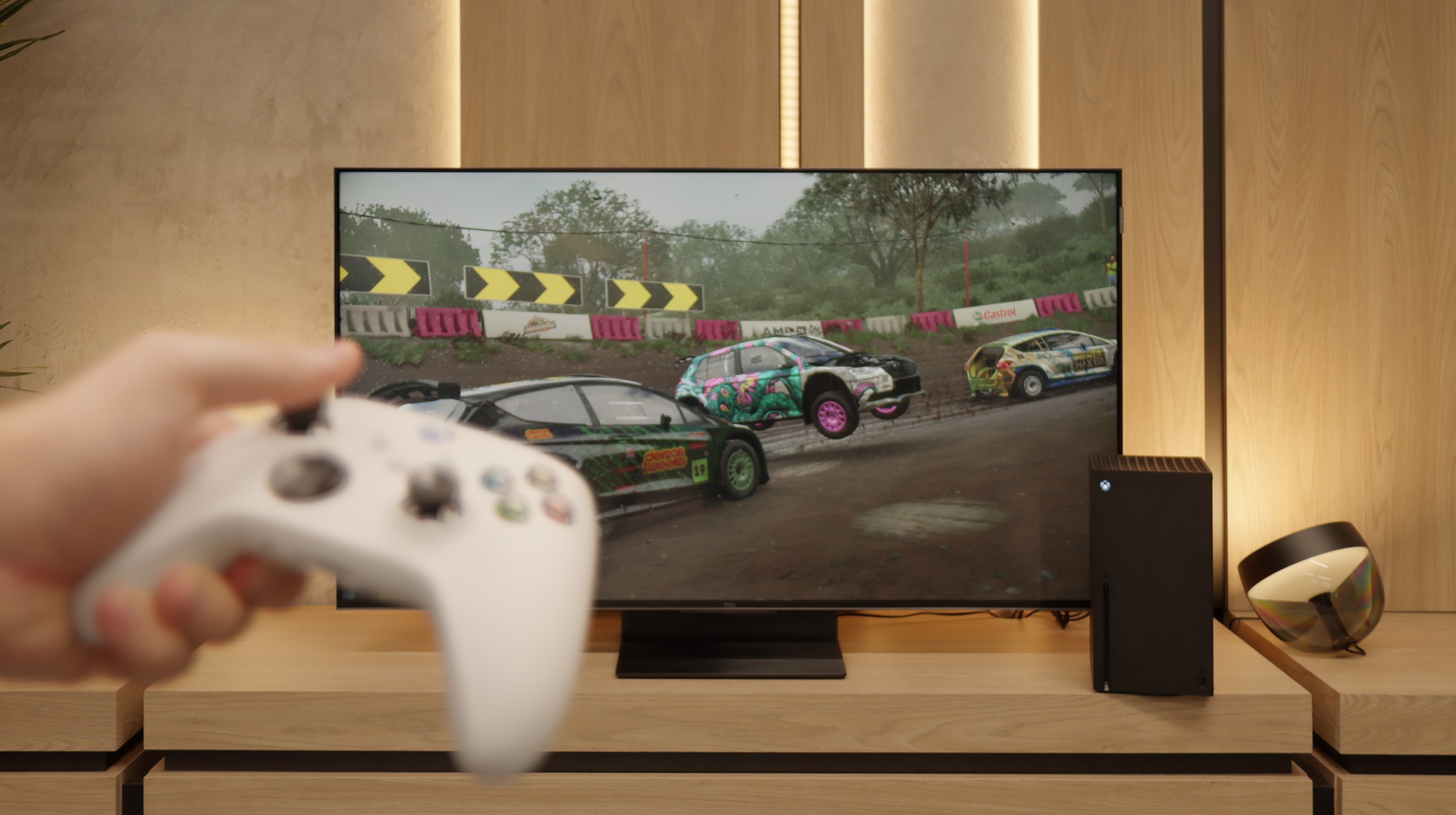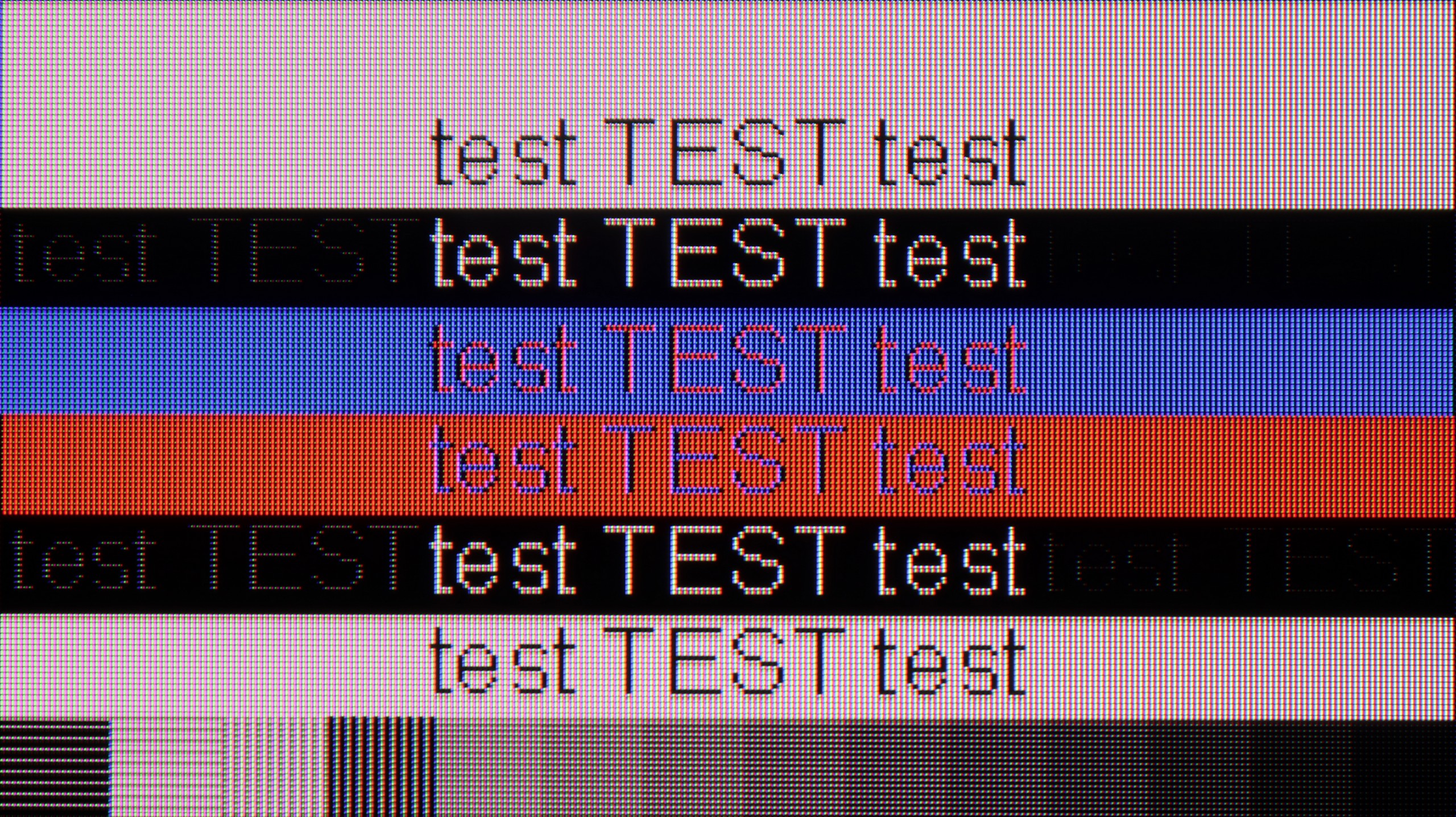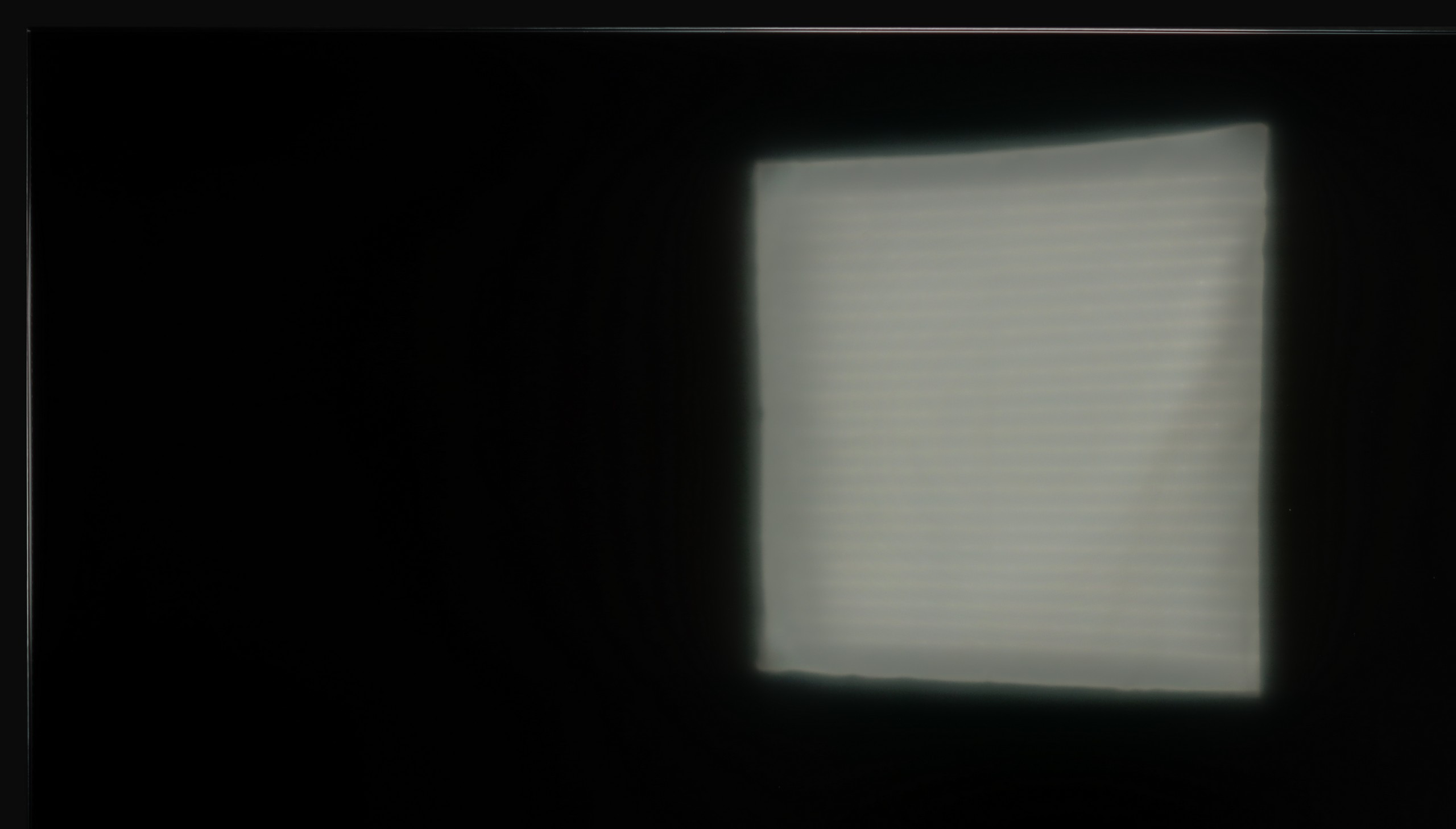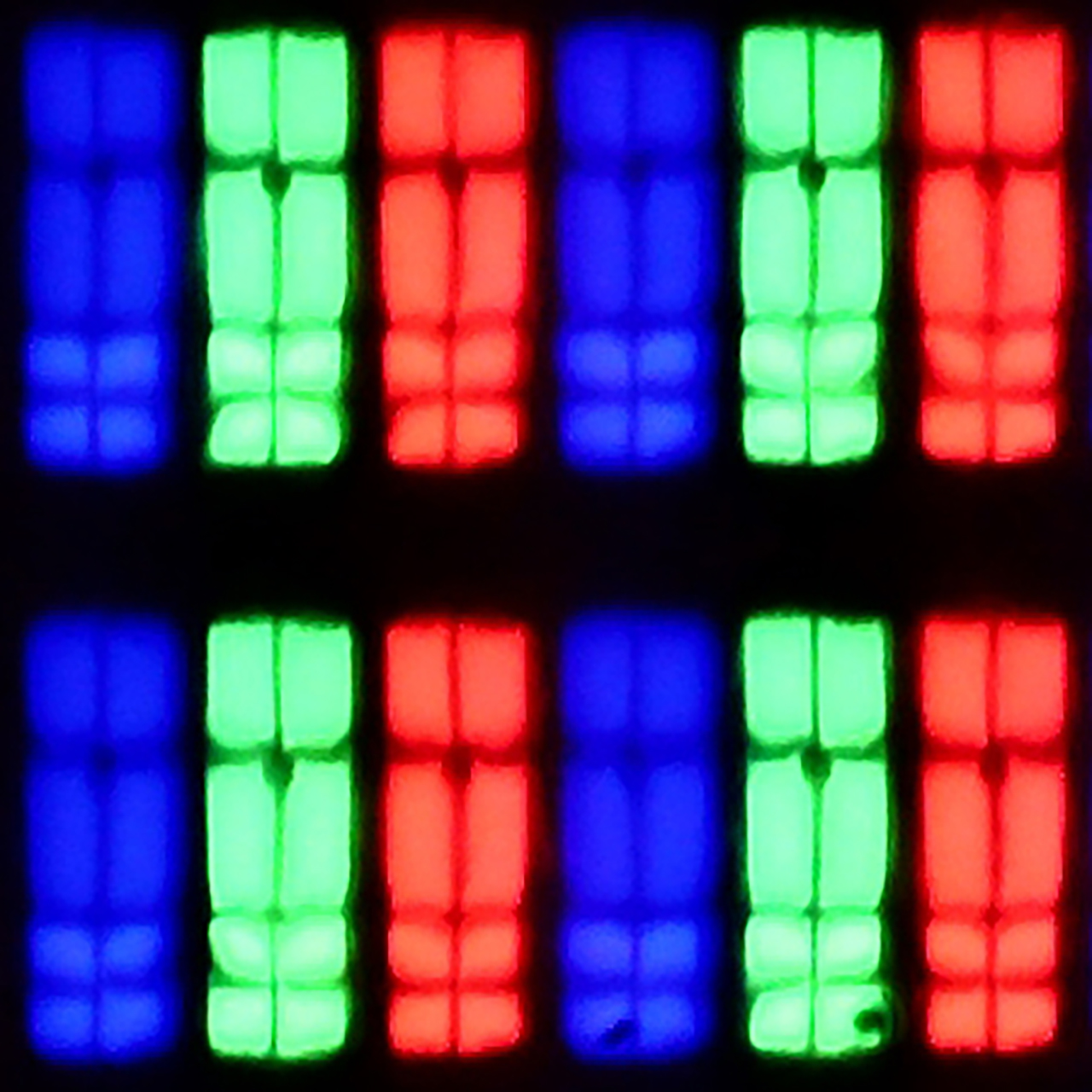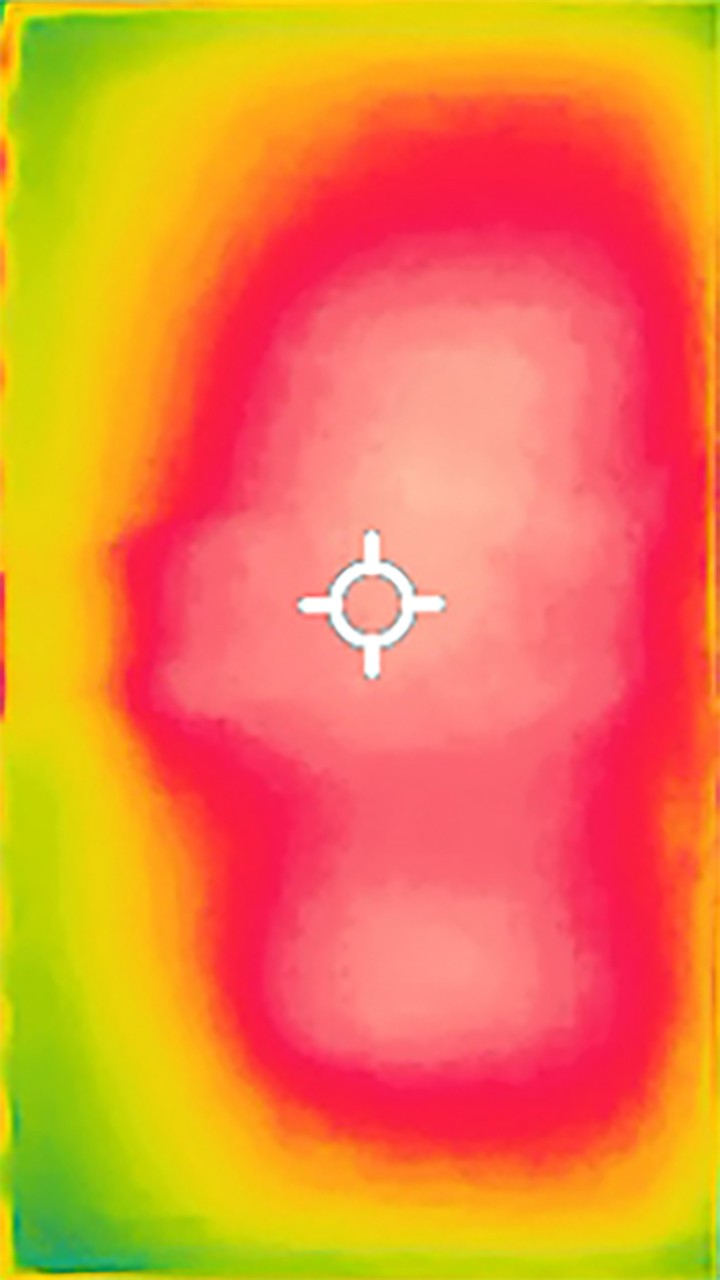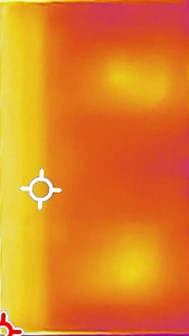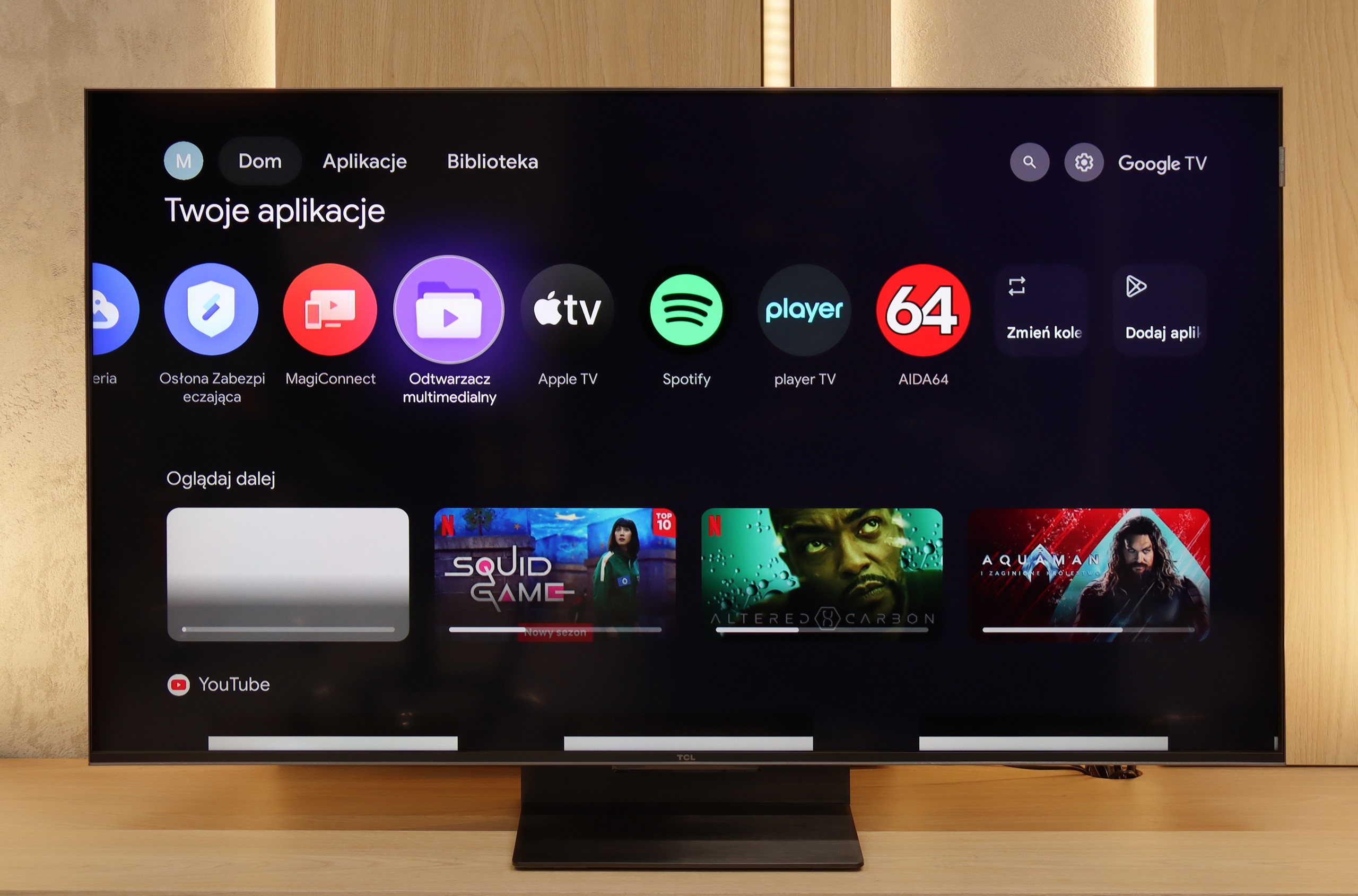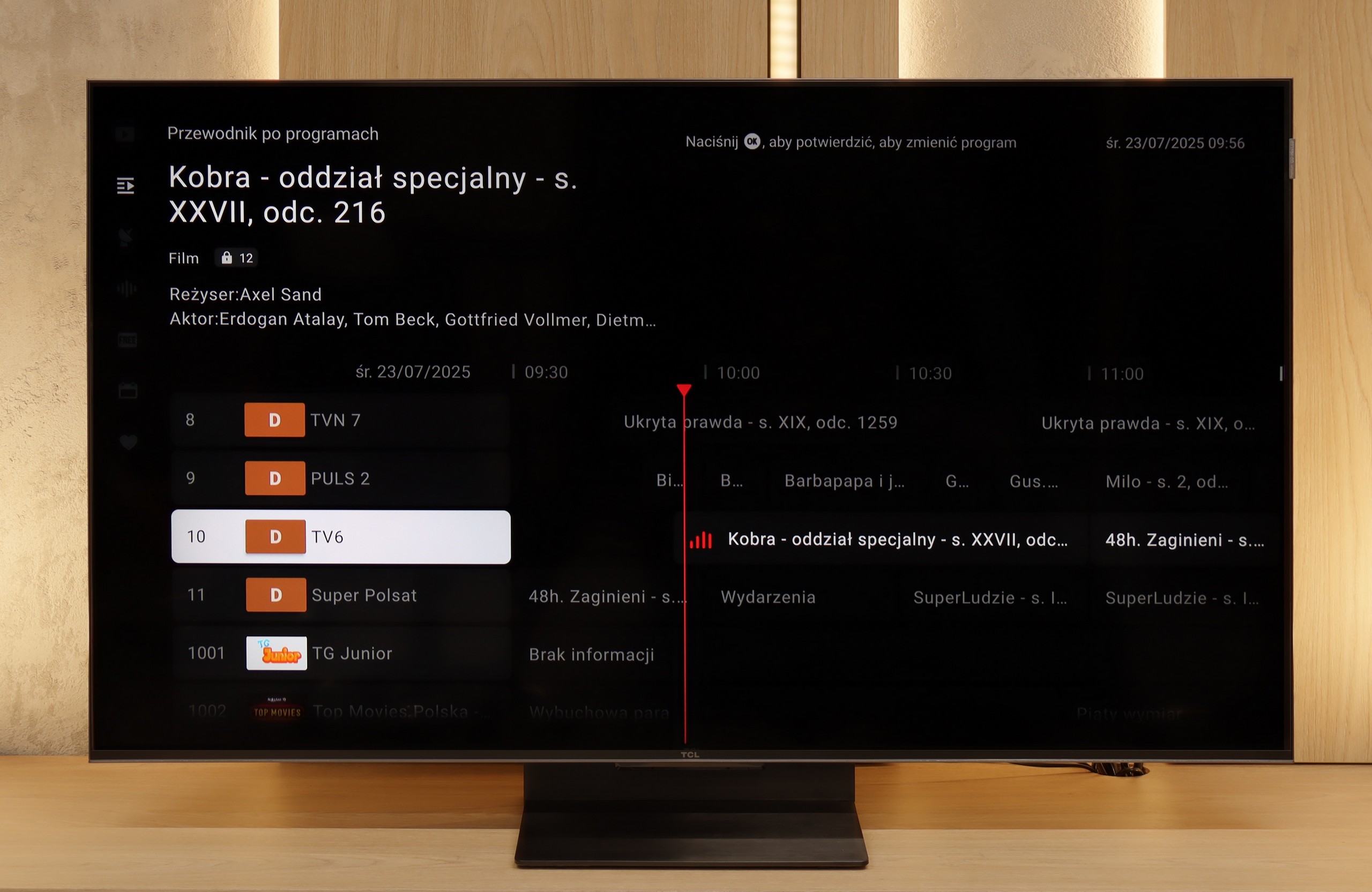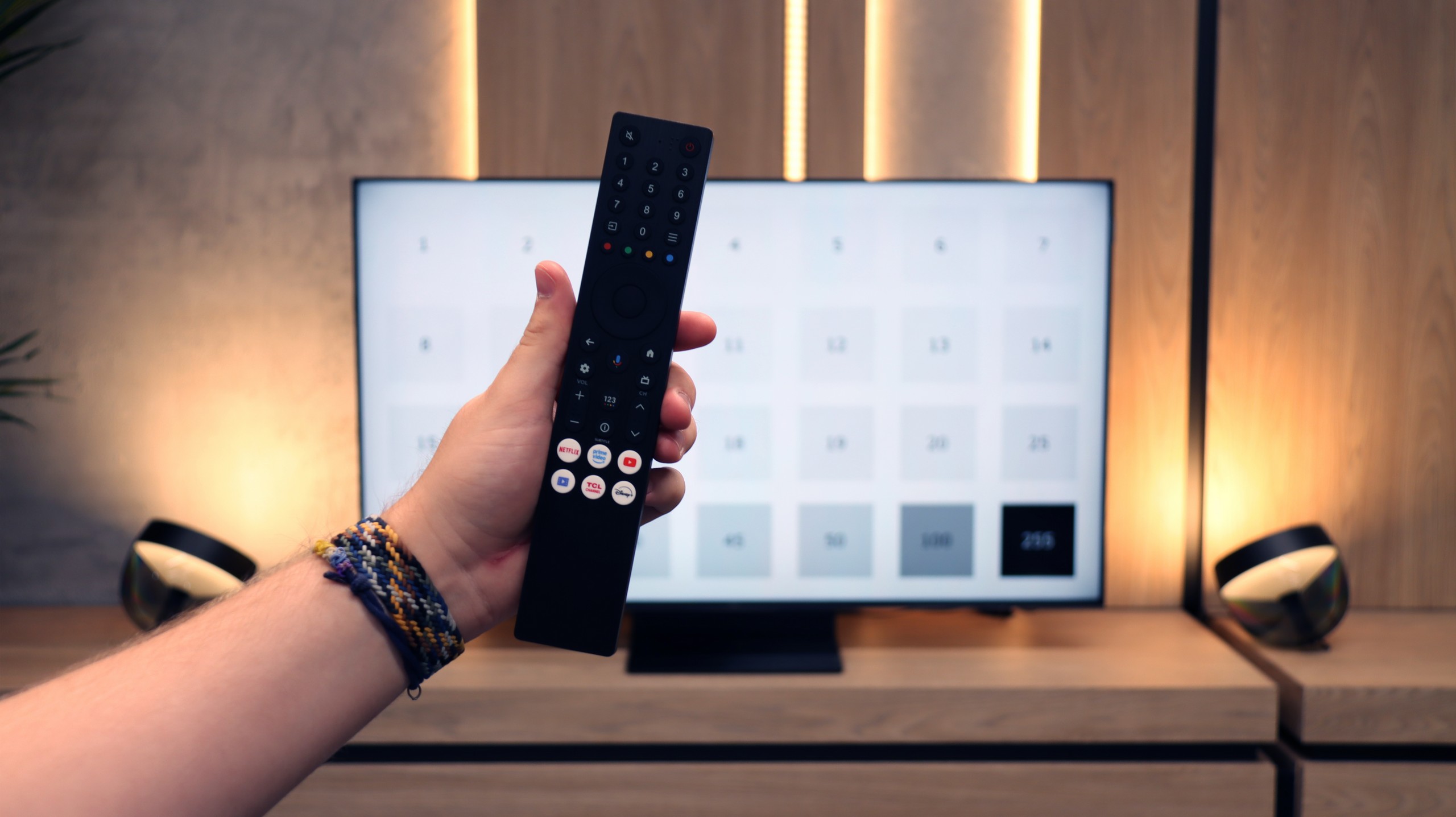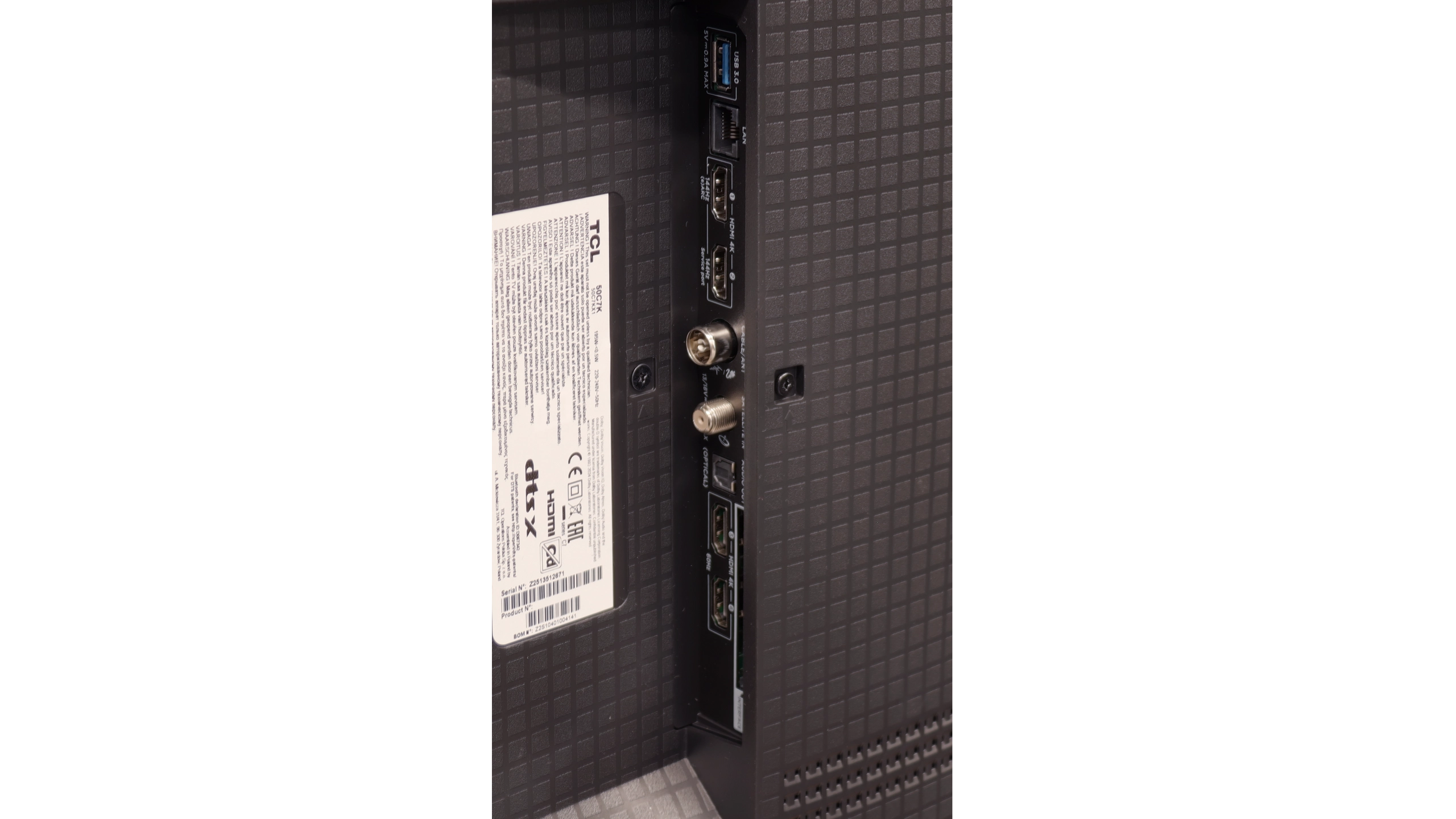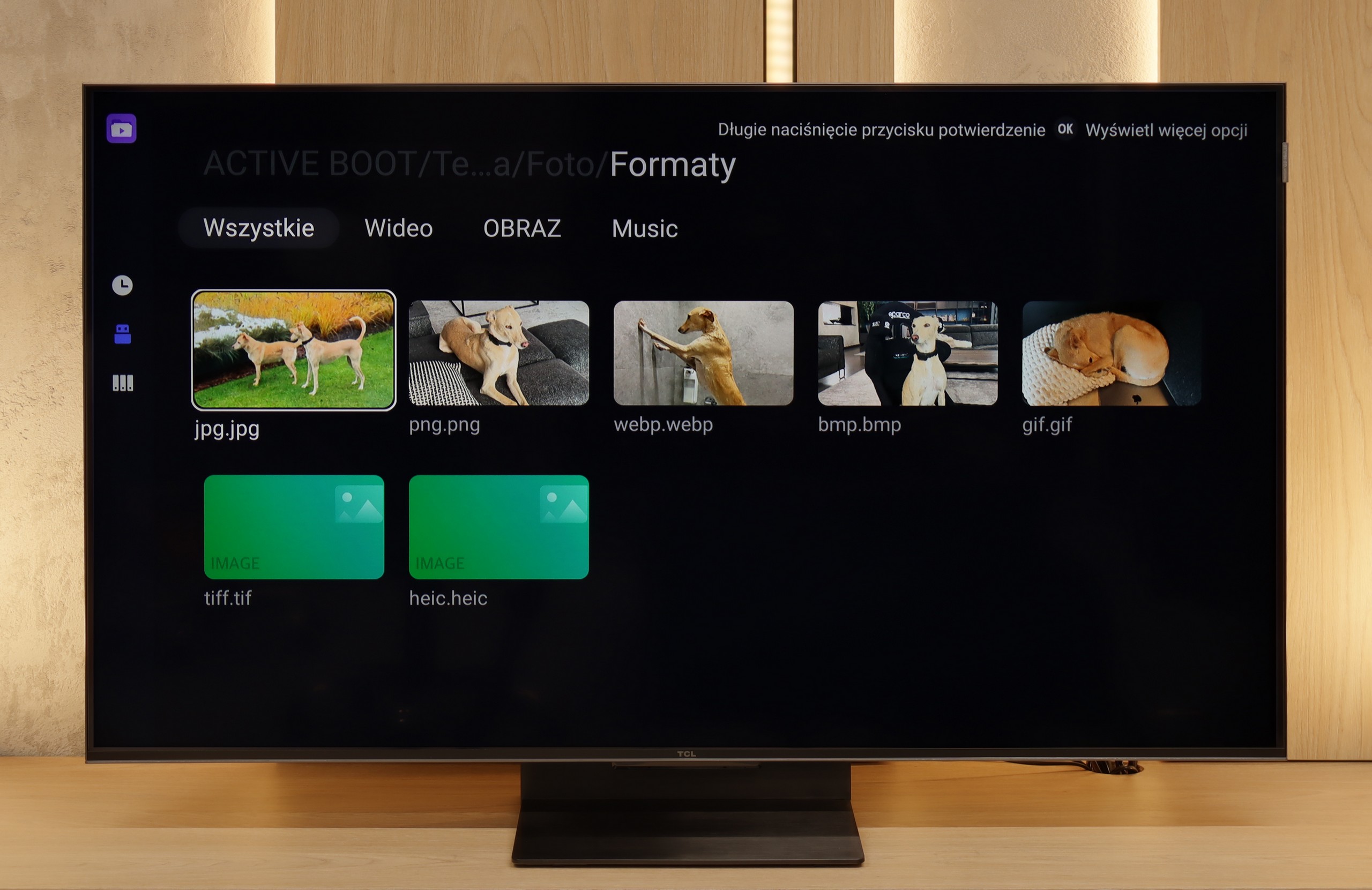There are televisions that come in for testing and at first glance seem like just another "average" model. The TCL C7K looks just that way – without grand claims of revolution, without ambitions to dethrone OLEDs. Yet after spending a few days with this model, it's hard not to conclude that it's actually a well-made product. Its greatest strengths? Very good picture quality at a reasonable price. MiniLED combined with QLED filtering provides vibrant colours, high brightness, and contrast that really impresses in this class. Motion in sports or gaming looks smooth, and the presence of HDMI 2.1 and 144 Hz refresh rate makes gaming on this model a pure delight. Additionally, there's the Google TV system – it offers a vast range of possibilities: from voice control to AirPlay support, and access to all the most important applications.
Are there any drawbacks? Certainly. MiniLED still has its limitations, and in the most challenging cinematic scenes, compromises in dimming can be noticed. Google TV also doesn't always run perfectly smoothly. However, these are rather minor issues that don't overshadow the overall picture – which is indeed very positive. It's also worth highlighting the difference between versions. The 50-inch version we tested can surprise, but the 55–85 inch models perform significantly better – they have more lighting zones, even higher contrast quality, and better sound. So if you're considering purchasing the C7K, it's definitely worth opting for a larger size.
QNED86A6A is a television that truly does an excellent job in its price range when it comes to sports, gaming, and everyday TV viewing. The 120 Hz panel ensures smooth images and sharp motion, which both sports fans and gamers will appreciate. It also features low input lag along with a complete set of gaming functions such as HGiG, VRR, and ALLM. The television works just as well with a computer as it does with a console, so whether in the office or on a desk in the 43” version, it serves excellently as a work monitor. Another strong point is the webOS system. This is a fast, stable, and application-rich operating system that, paired with the Magic remote, offers very convenient operation. The new version of the remote is slimmer and fits better in the hand, while the on-screen cursor is a solution that many competitors lack. Additionally, there are classic features – USB recording, Bluetooth for headphones, and a full HDMI 2.1 set with eARC and Dolby Atmos support. This makes the televisions from the QNED85 series some of the most "multimedia" televisions in their class. However, there’s no point in mincing words; this model also has its significant flaws. Its biggest flaw is undoubtedly the contrast, or rather, the lack thereof. The IPS panel combined with edge-lit "mini-LED" is simply a very bad idea. The screen is just not suitable for watching movies in a dark living room. The blacks are bluish-grey, and local dimming can generate light strips reminiscent of lasers, which effectively spoil the desire to watch. This is not a choice that can be wholeheartedly recommended for home cinema. The second problem may not be directly related to the television itself but rather to its sales. It concerns the chaos in naming and discrepancies in derivative versions. The same model, even with the same marking, can have a different bezel colour or stand depending on the store. This can truly be frustrating for the buyer and evoke a sense of confusion. To summarise briefly: LG QNED86A6A is a great television for sports, gaming, and everyday television, with a user-friendly system and substantial functionality. But if you are looking for a screen strictly for movies or series and require deep blacks, it would be better to look towards televisions that can truly be called Mini-LEDs with full confidence.
